I’ve talked about squats before – after all, I’m not allowed to be called a fitness expert if I don’t speak about squats, right? I’ve been careful, though, because depending on who you are, they can be a great exercise routine, or for some, they can actually be harmful.
My main focus is going to be the title of this piece – how squats do indeed make your upper body bigger. However, I’m also going to spend some time discussing squats in general, ways to make them more effective, and the dangers for certain people. These all go hand in hand, so I think I’d be remiss if I didn’t broaden the coverage of this just a tiny bit.
I believe that at the end of the day, it’s very constructive for people to understand why an exercise works, not just that it does work. Knowledge is power, ownership of your destiny, all that fun and philosophical stuff.
Before I get into this, though, let me preface this with a caveat – yes, squats do impact your upper body constructively. However, they won’t have as much of an impact as to the target parts of your body. These are secondary effects, which are something common to most workouts. Let’s lead with understanding that concept a bit more directly, shall we?
Secondary Effects of How Does Squatting Make My Upper Body Bigger?
So, think about how you move around. When you move any part of you, notice that there’s never just one muscle moving, except perhaps your eyelids (debatably). Your body’s locomotion is a complex series of different muscle groups moving in time and cooperation. It’s really pretty amazing.
You will notice that when you do something strenuous, you might be sore in “places you didn’t even know you had.” This is one of the more unfortunate side effects of this idea. With workouts, though, if you do your research, you see that they’ll benefit “target groups” and “secondary groups” when it comes to muscles, and sometimes a third group of miscellanea as well. No one exercise only impacts a single muscle nor group of muscles. This also warrants caution, because you can just as easily injure something secondary if you overdo it, have a medical condition, or do the exercise wrong.
Understanding Squats
So, what’s going on when you perform proper squats? While there are a variety of basic squat motions, you’re mostly bending your legs and working your back as you maintain proper posture. You’re also accelerating your pulse, raising your body temperature, and overall working your systems.
Doing squats is a low-impact aerobic exercise if you practice breathing exercises correctly along with it as well. What you don’t realize is something that made itself very known when you first started doing squats.
Postures for exercises take some practice to master, just as they do with martial arts techniques. You will have noticed that you had to willingly control other parts of your body, such as your arms, upper back, shoulders, neck, and so forth.
So, think about what’s going on with these postures. Over time, they do become second nature, like any practiced locomotion. You will notice some recurring soreness in places you wouldn’t expect. This may give way to just a sense that surprising muscles have been worked after an intense session of squats.
You’re working all these secondary muscles across the majority of your body to maintain form, stance, and posture while doing the exercises. This combination works your upper body muscles, and thus, they will grow, albeit on a diminished level compared to target groups.
Optimizing
So, can we maximize these smaller gains? Yes, we can, in several ways. Triggering the muscles to work harder on your pose can be as simple as wearing braces that coerce you to take shapes (but not ones tight enough to become dependencies).
Some fitness people I know work some actual complex motions into their squats, borrowing from Tai Chi or even simplified yoga. This is a creative practice, but one I feel could go wrong for many people, and possibly a bit overly-complicated to optimize.
The more direct way is to integrate weight lifting into your squats. My neighbor does squats while holding a couple of 20lb bags of sand. He’s an older guy, not trying to body build, but trying to keep his current physique into his senior years.
Dumbbells or barbells are a good, safer option to this, complete with a weight lifting belt. You can do simple lifts/presses in squatting motions. This will work your upper body much harder, while also serving to balance your lifting routines (don’t miss leg day).
There are a host of different lifting techniques that you can integrate into squats. We’ve gone over many of them in other pieces in the past. However, before you start making your squats work harder for you, consider the dangers. This added weight may be problematic for people who have advanced rheumatoid arthritis, severe back or joint issues, severe cardiac problems, or respiratory issues.
Always consult with your physician and fitness professional if you’ve got any medical issue, before learning by pain what your body’s true limits are. Be patient and be safe always.
Bottom Line
The bottom line is the sheer disciplined motion of proper squats do themselves work secondary muscle groups. If nothing else they help to maintain tone and can result in muscle building. Integrating lifting into this can further optimize this and also give you a more balanced overall routine. A well-planned workout usually covers the whole body in safe and effective moderation. Lifting with squats is a prime example of how you make this work without any logistical headaches.
To learn about all kinds of squat lifts, non-standard squats and much more, follow us on Facebook today!
The post How Does Squatting Make My Upper Body Bigger? appeared first on Gaspari Nutrition.


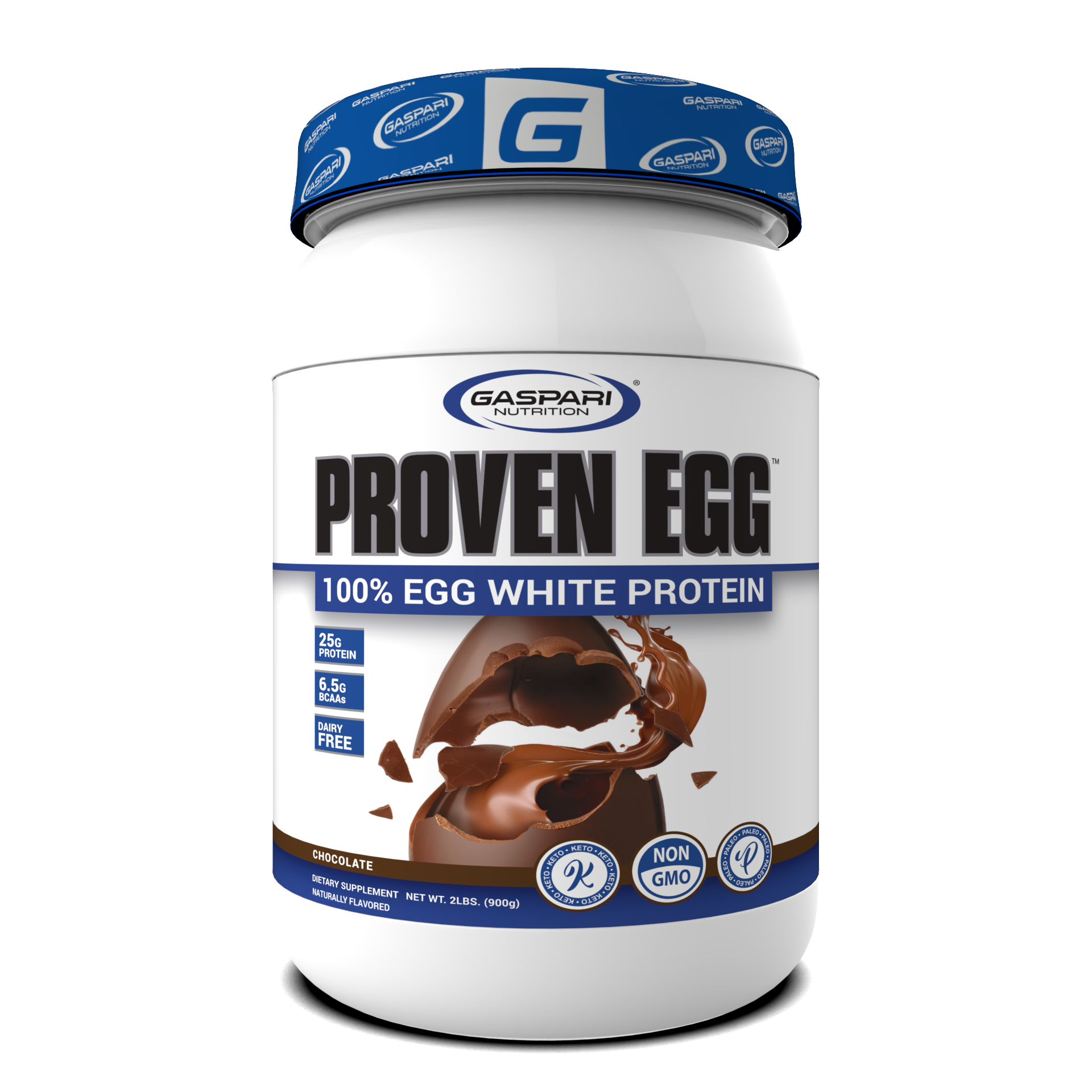

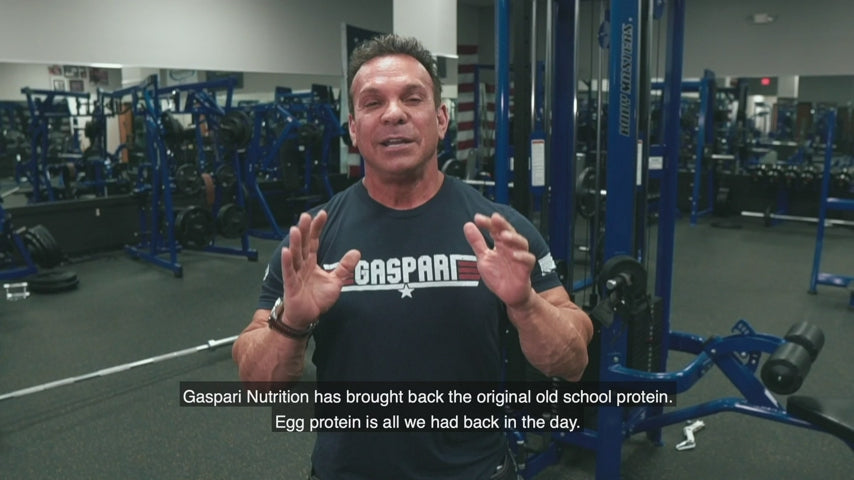


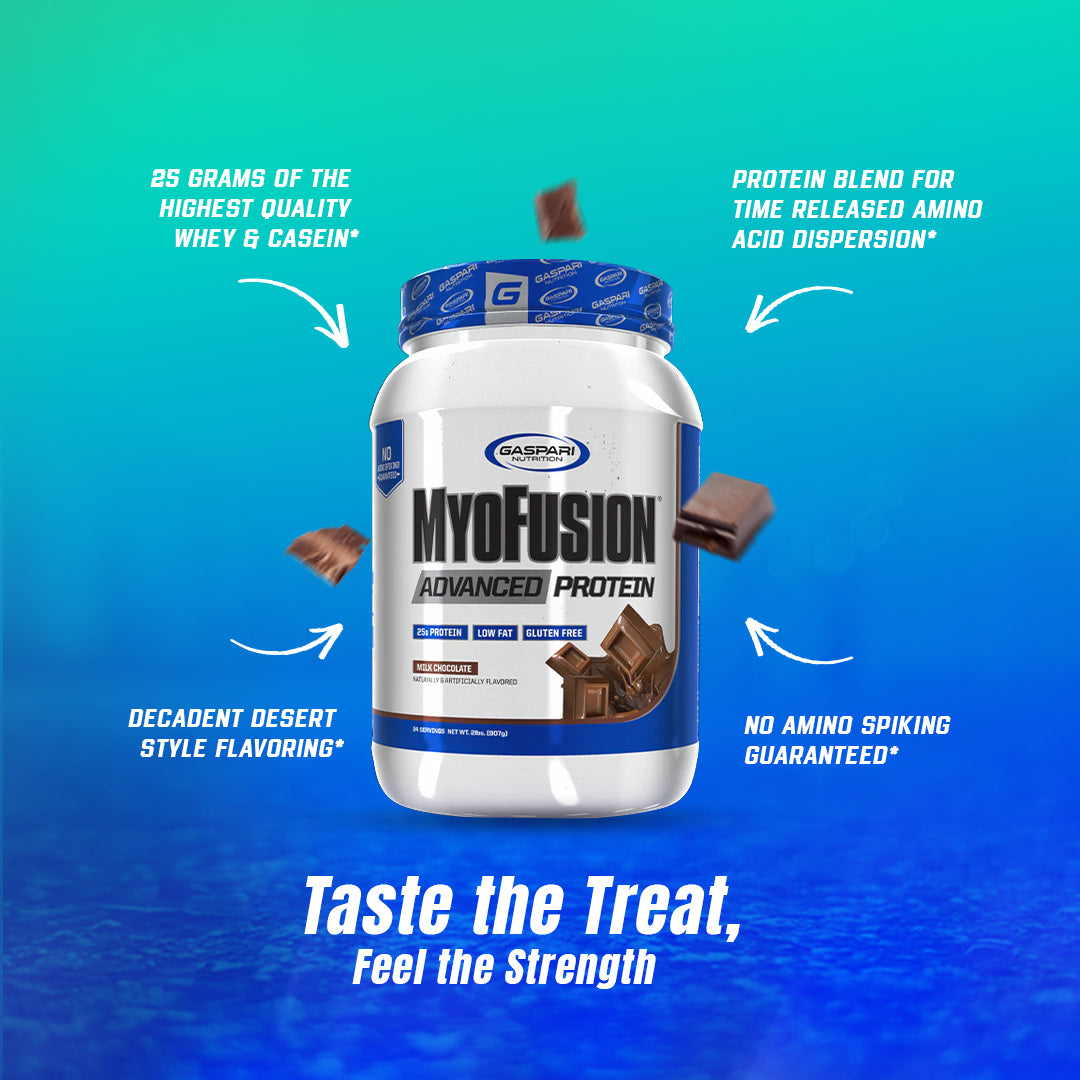

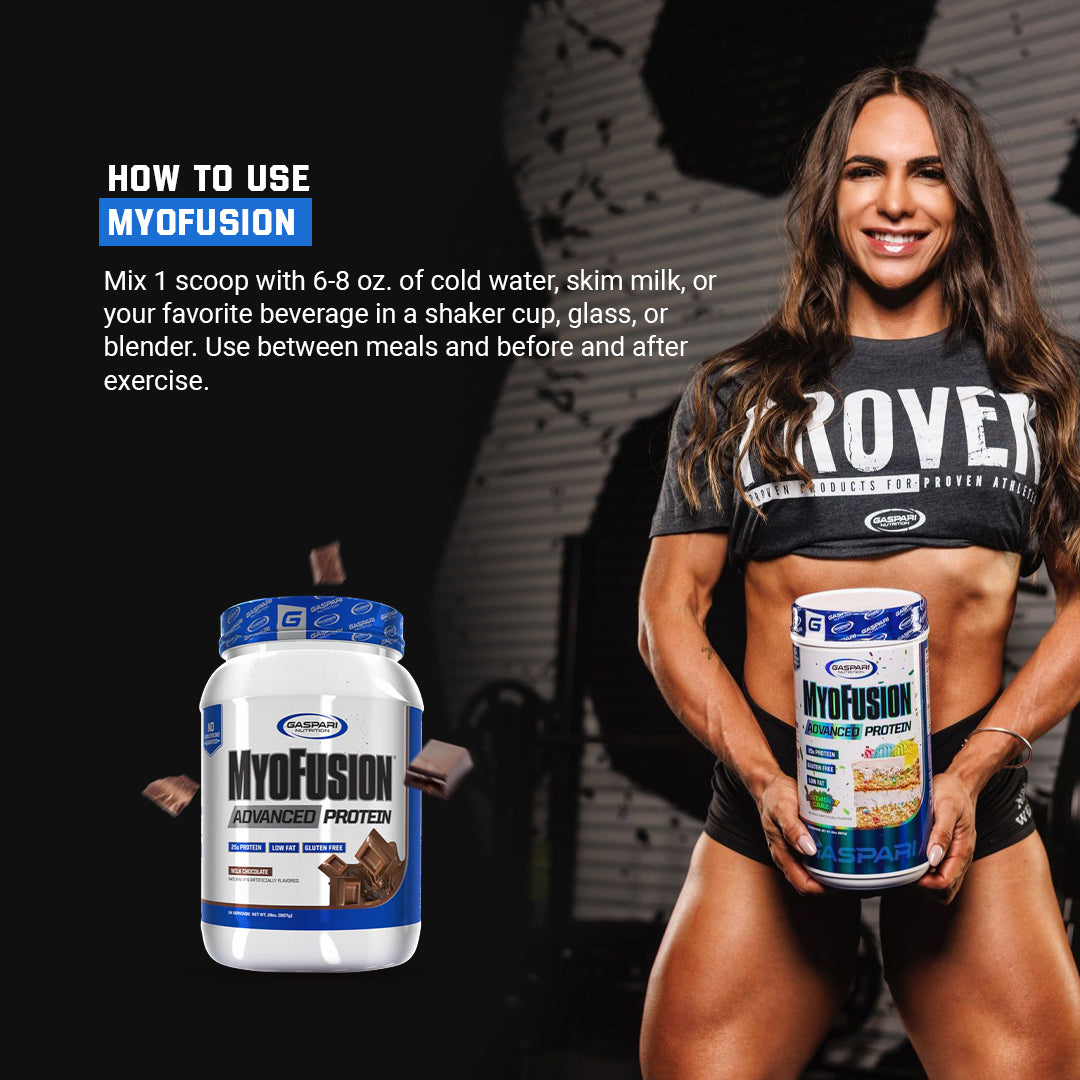
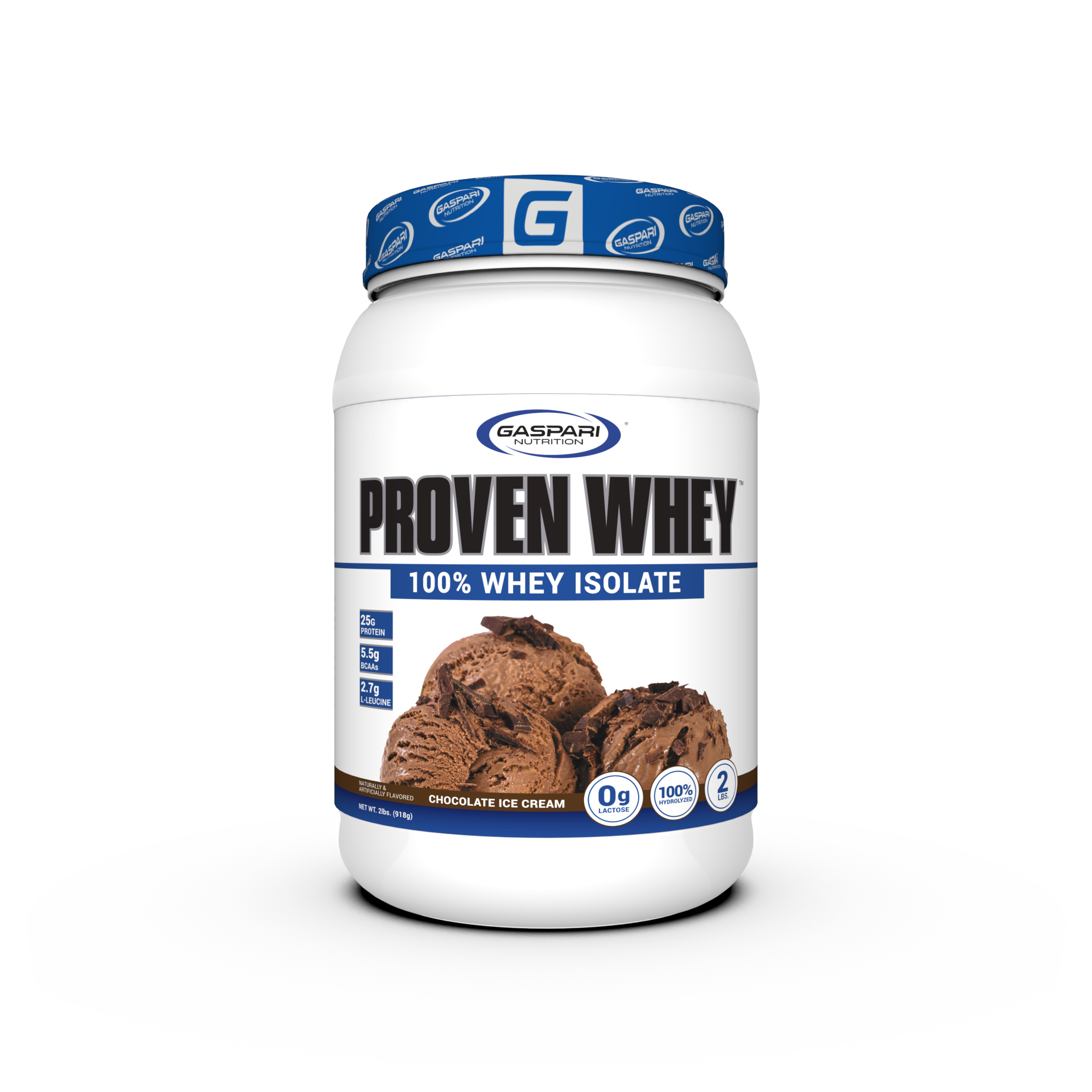
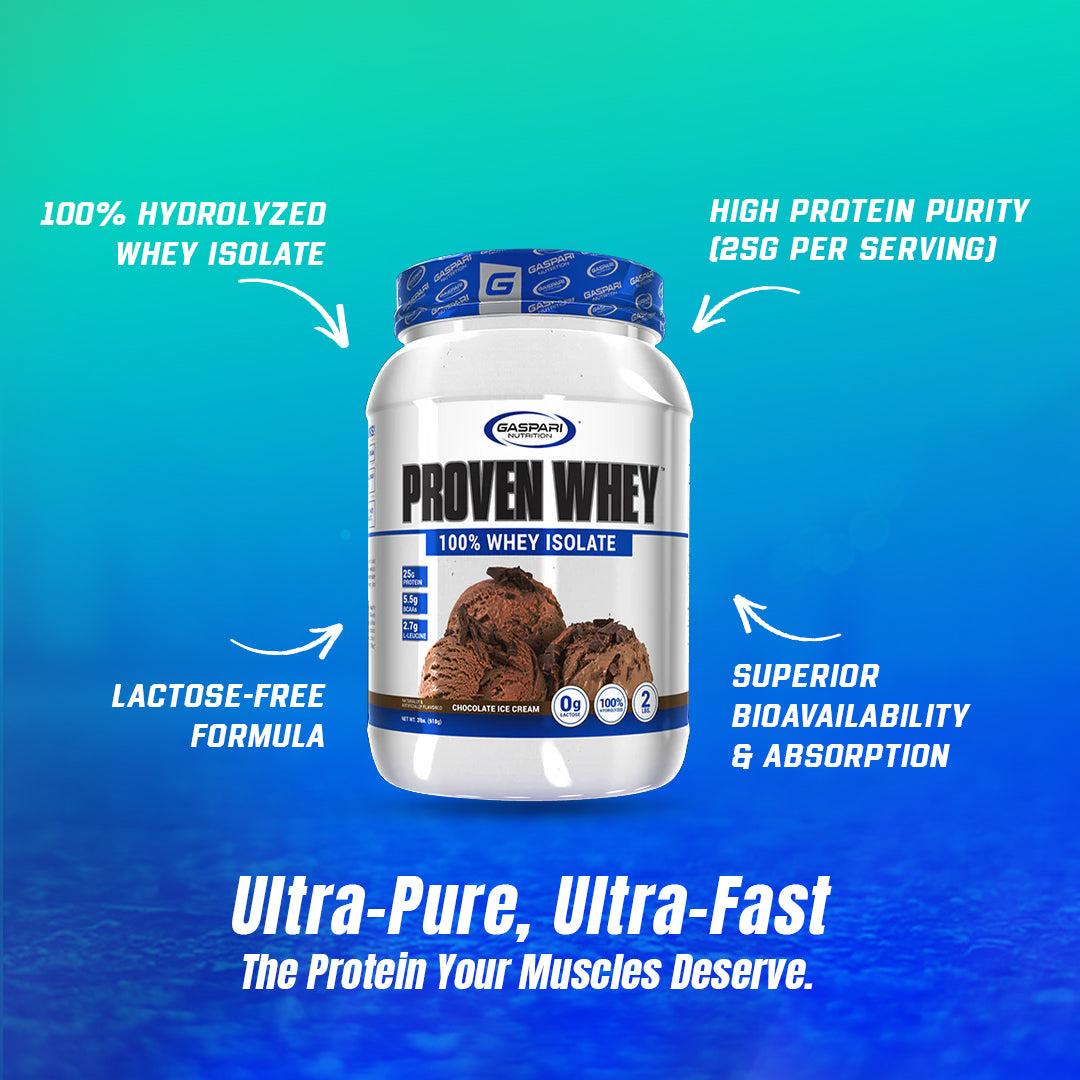
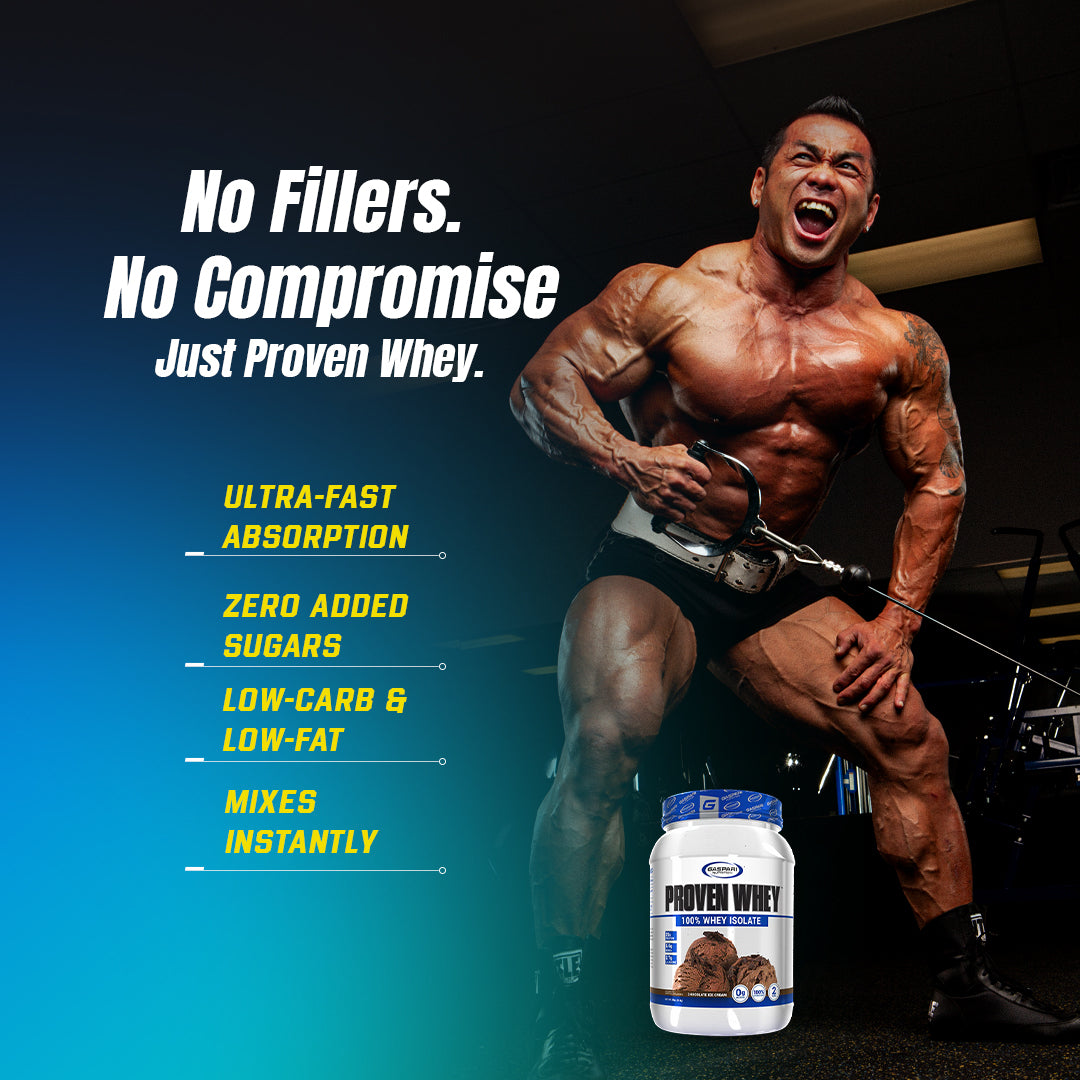

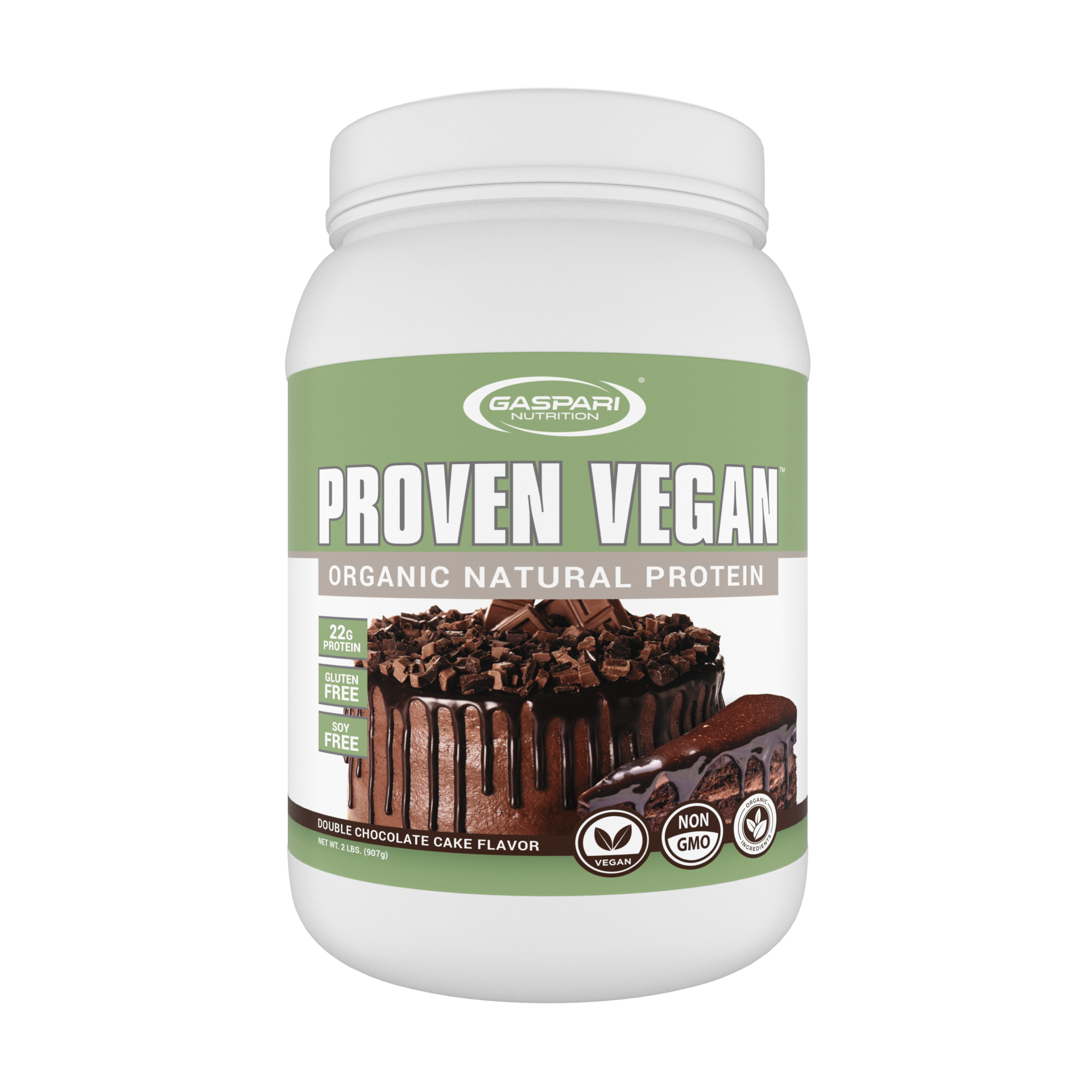


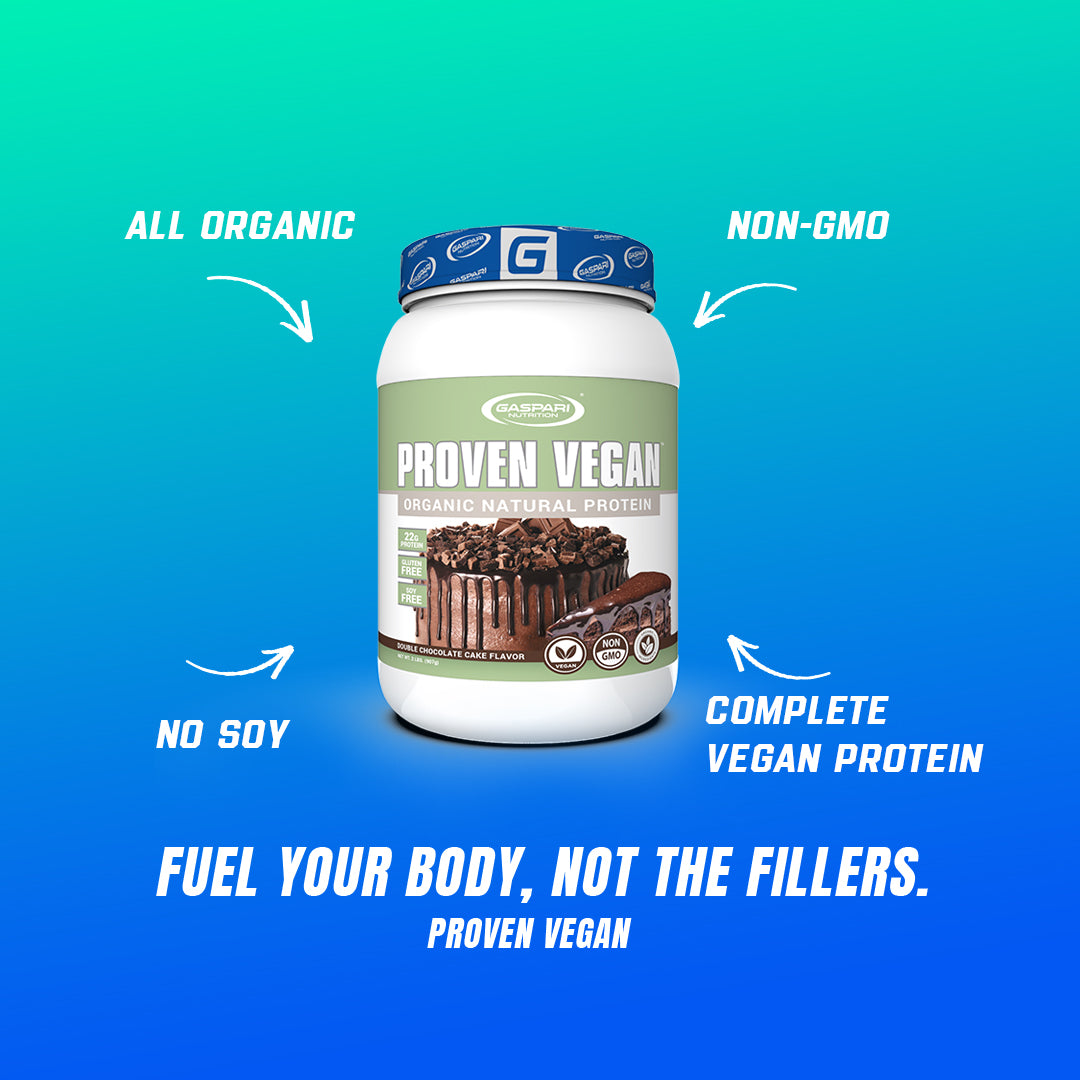
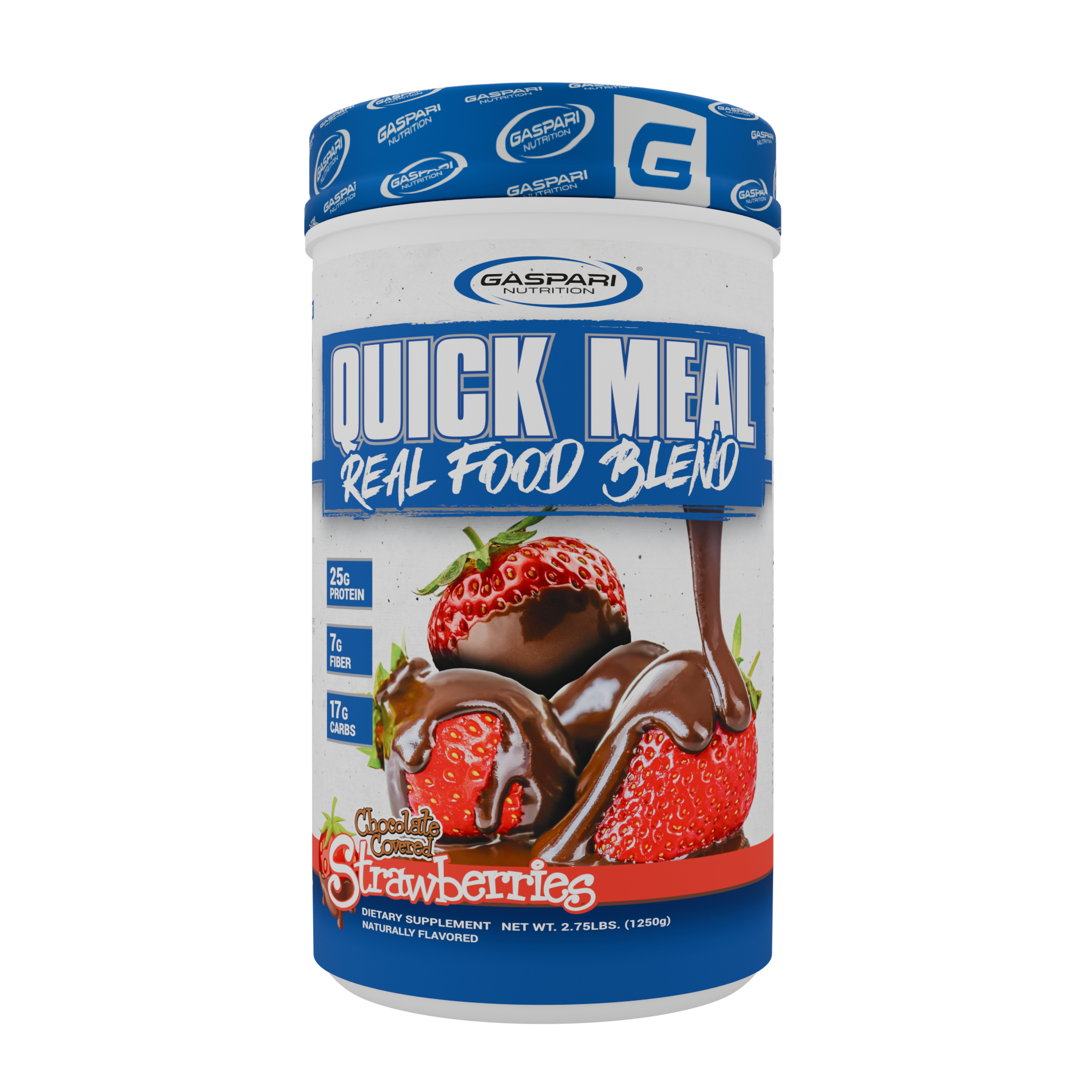
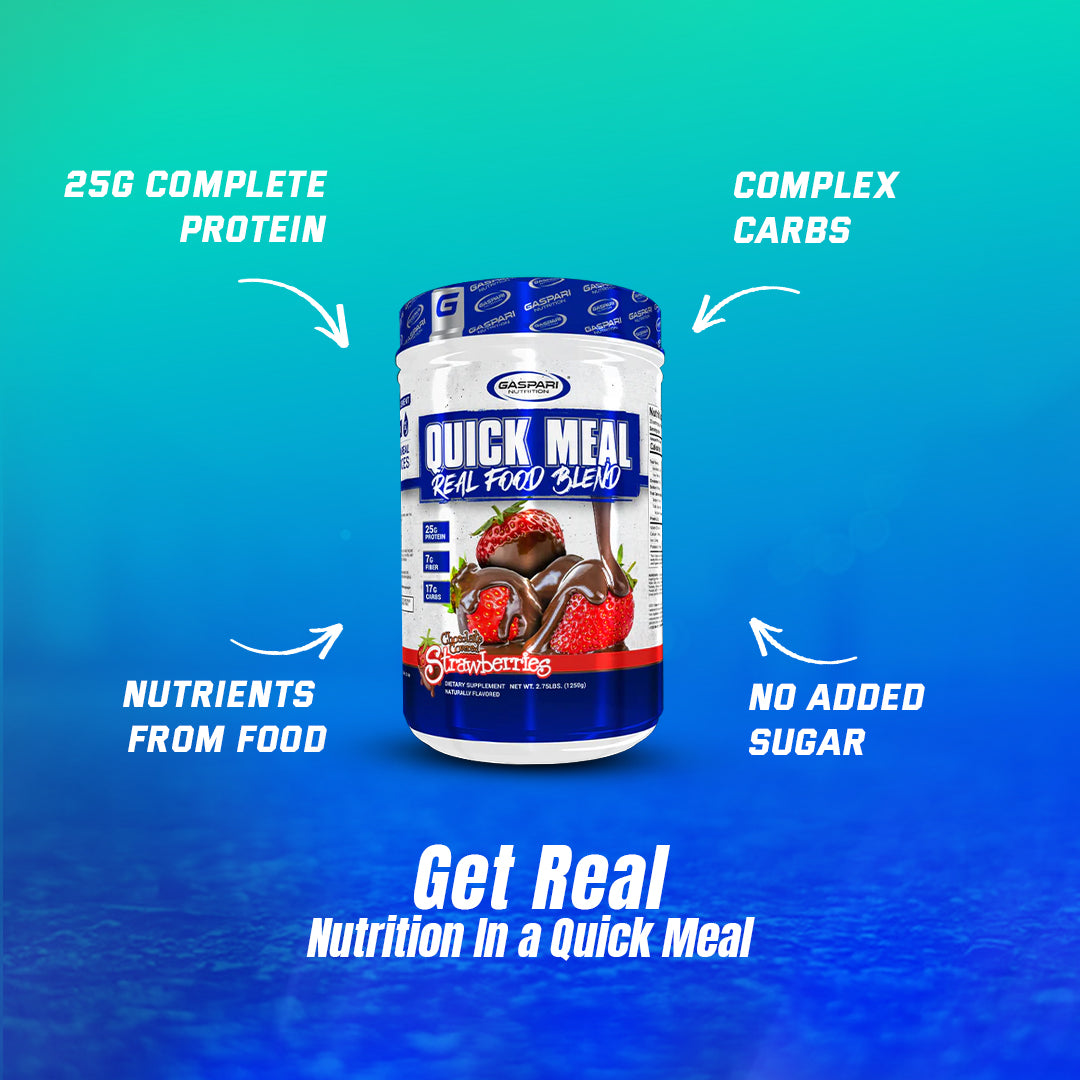
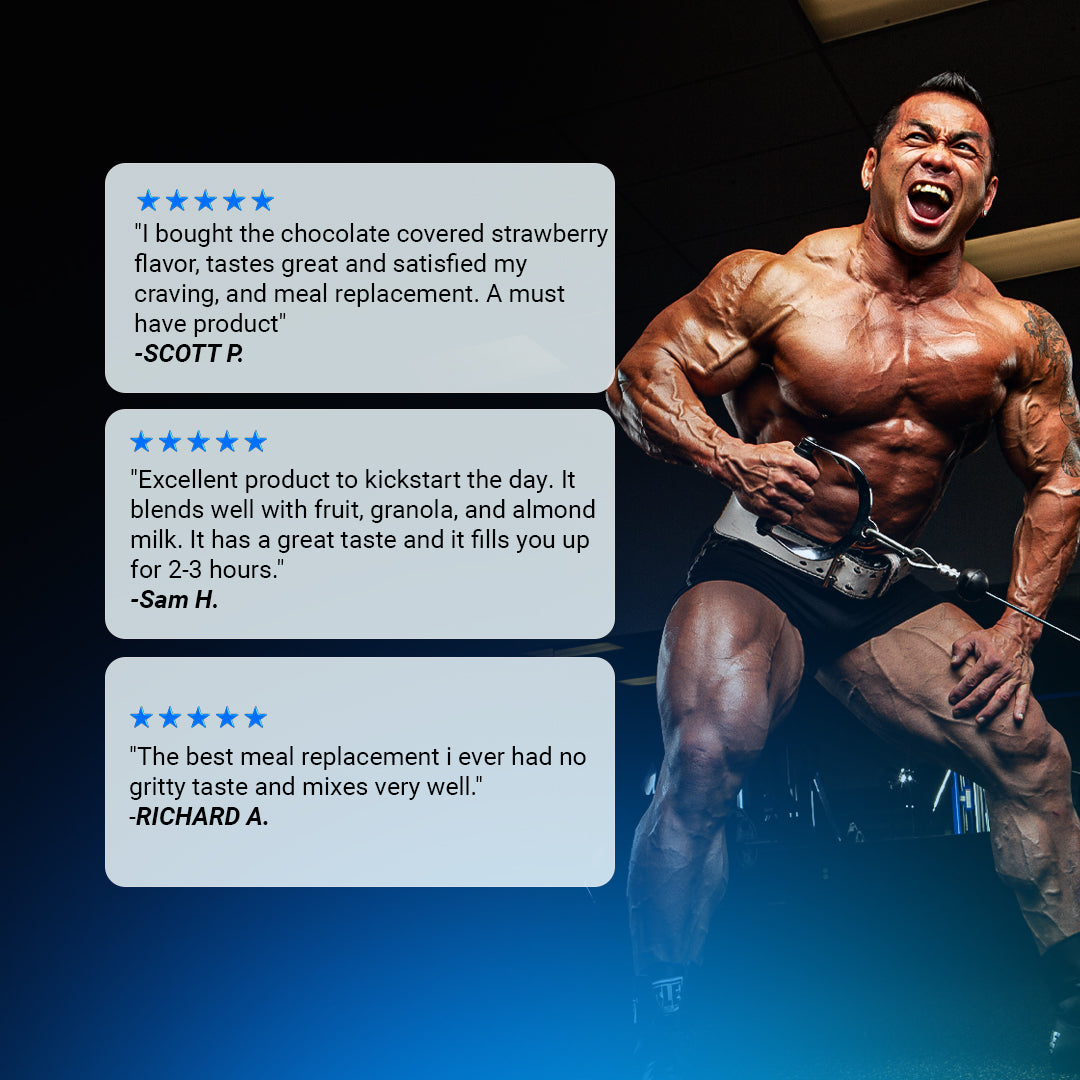
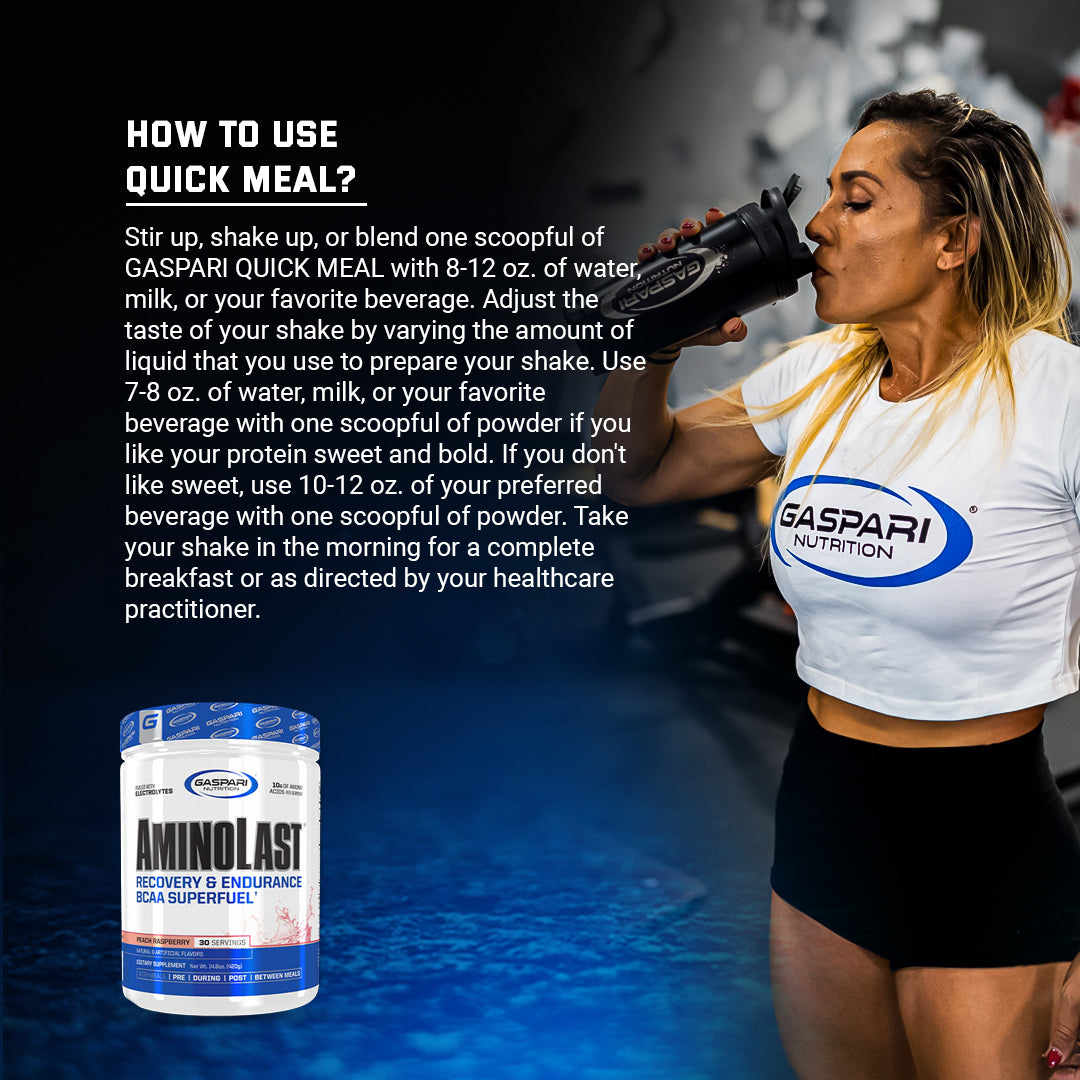

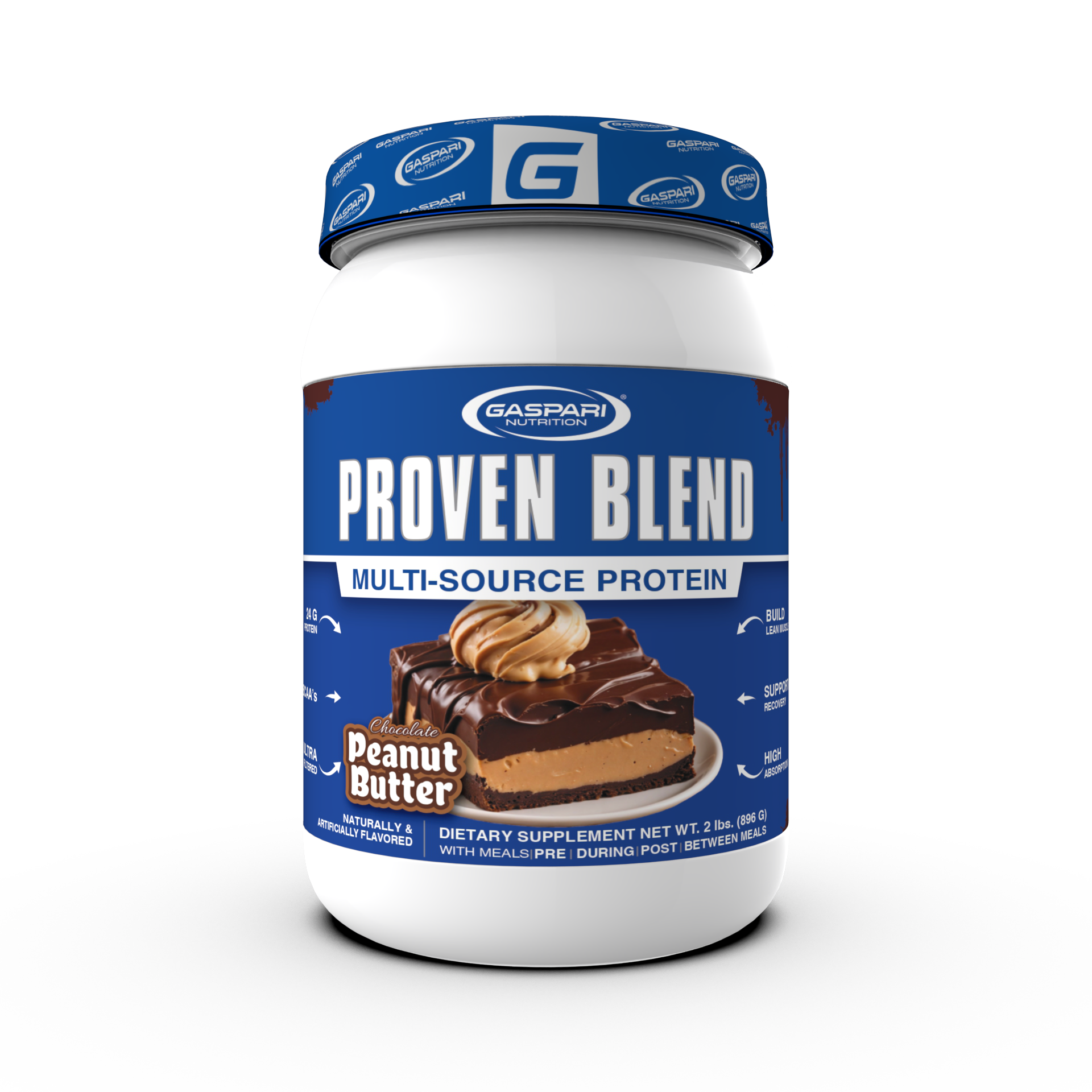
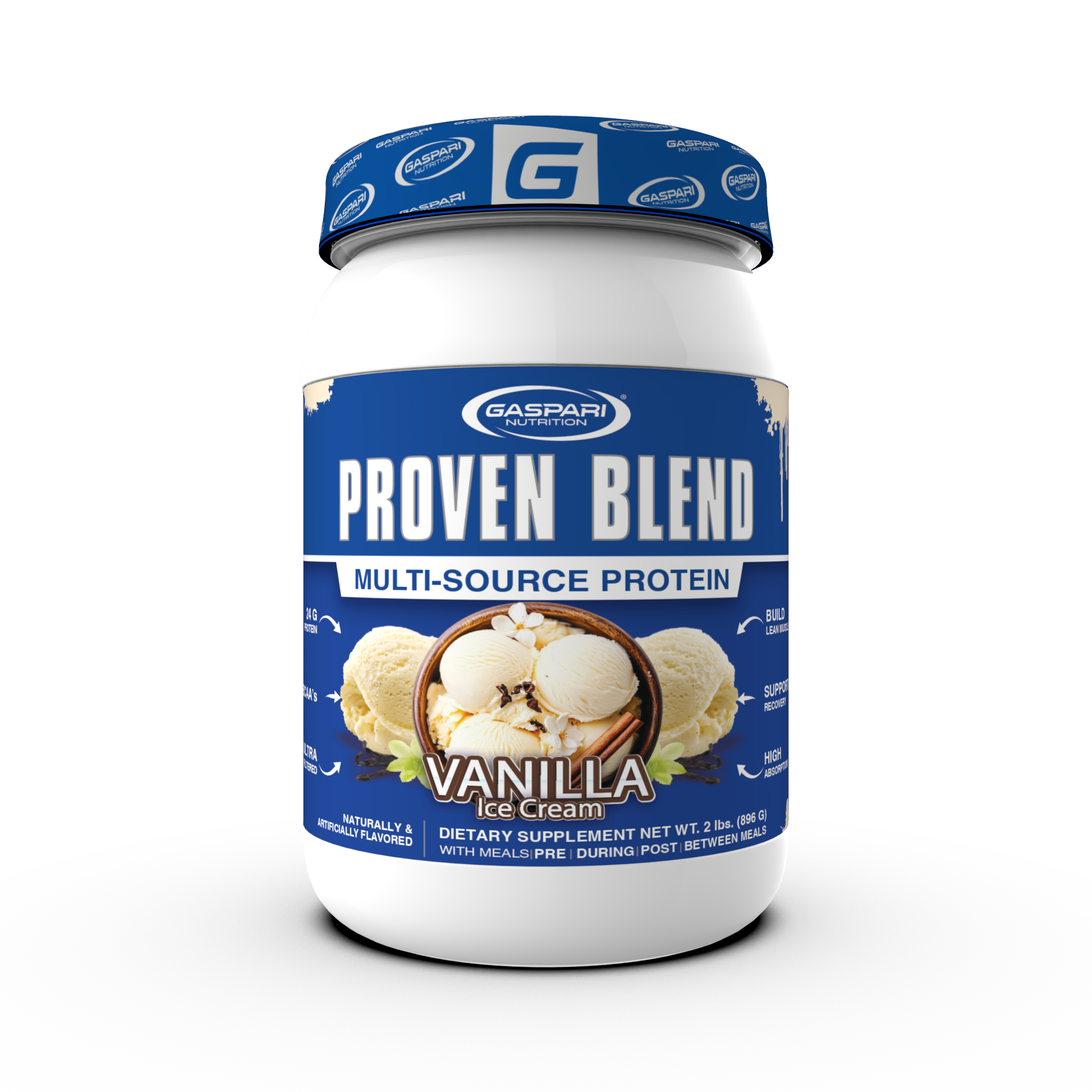

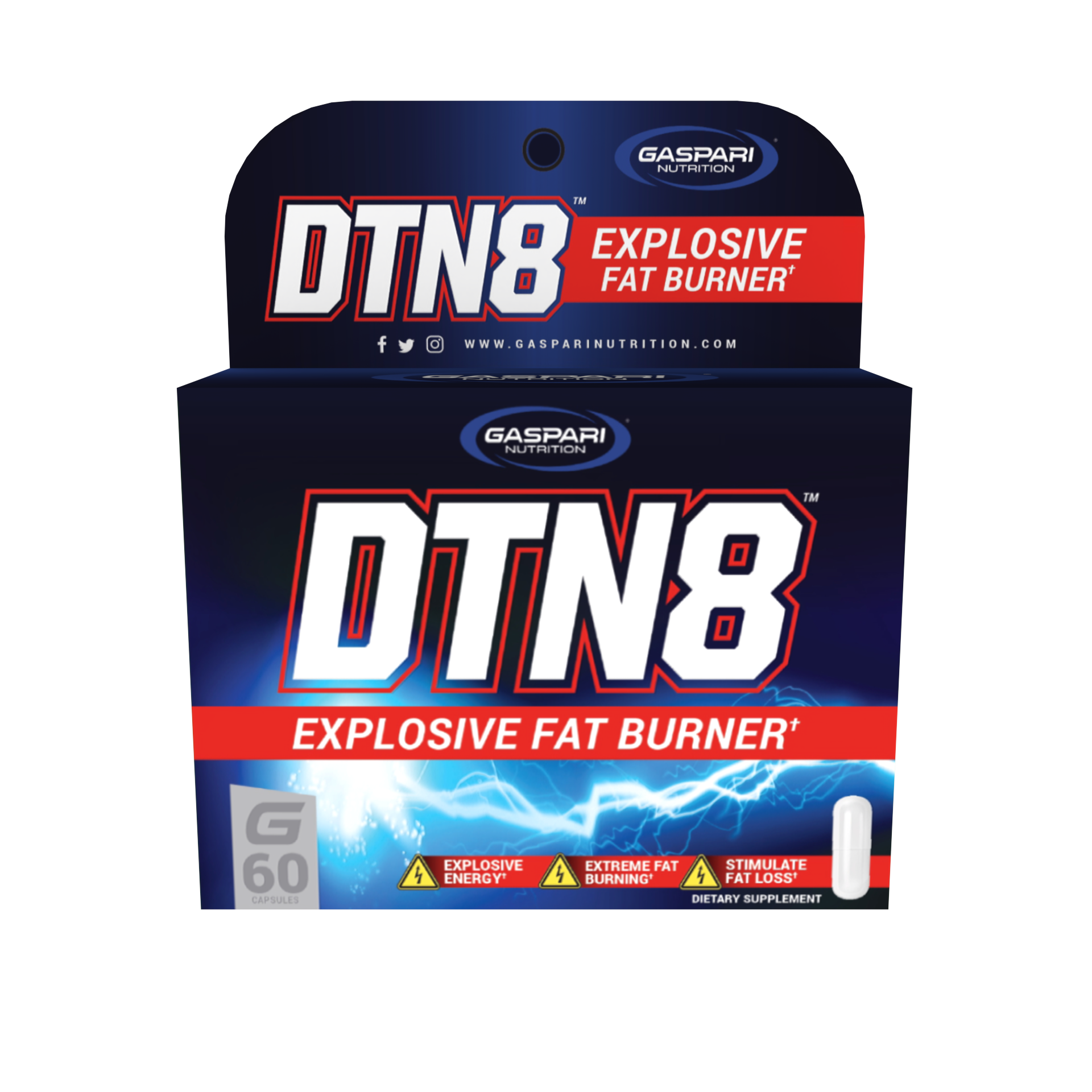

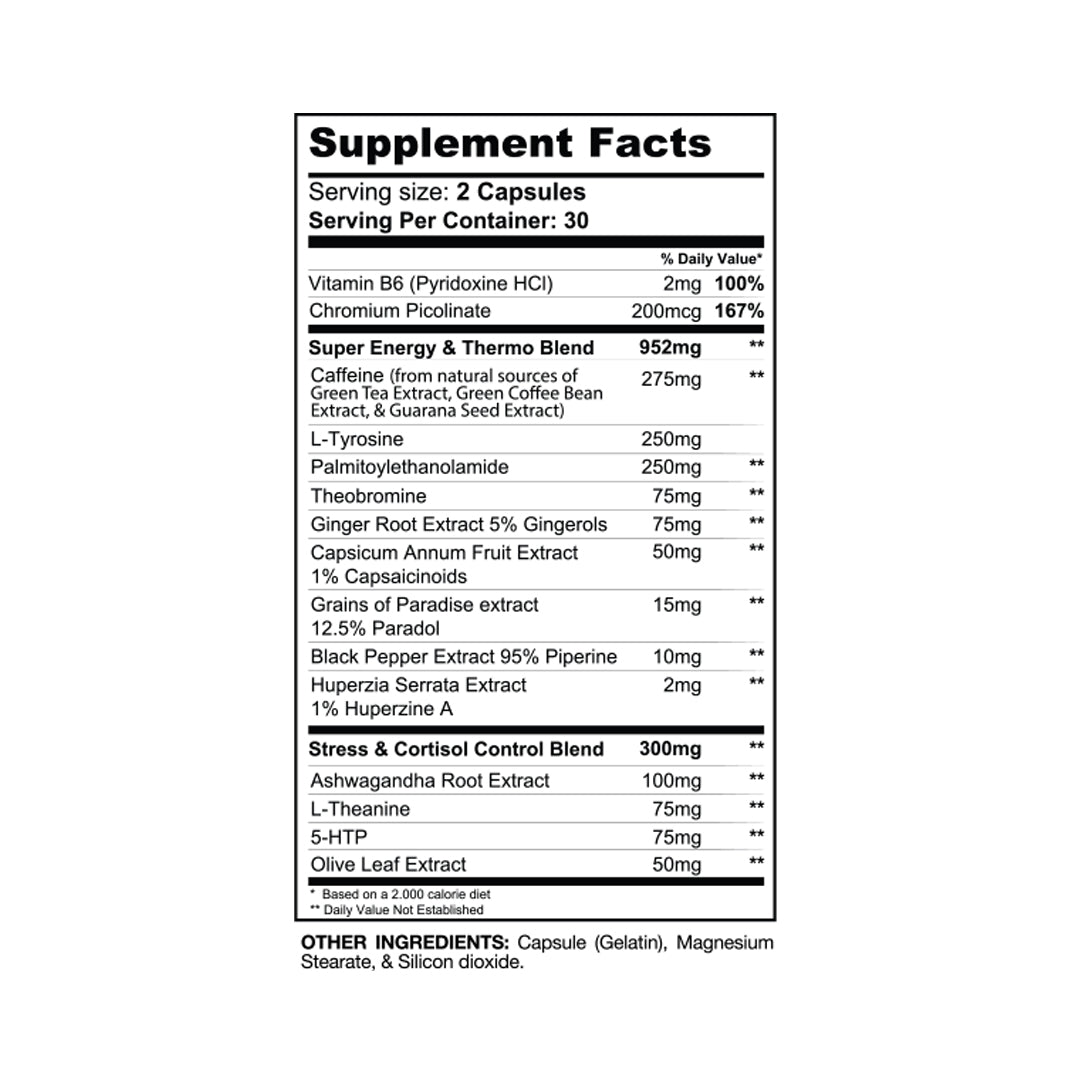
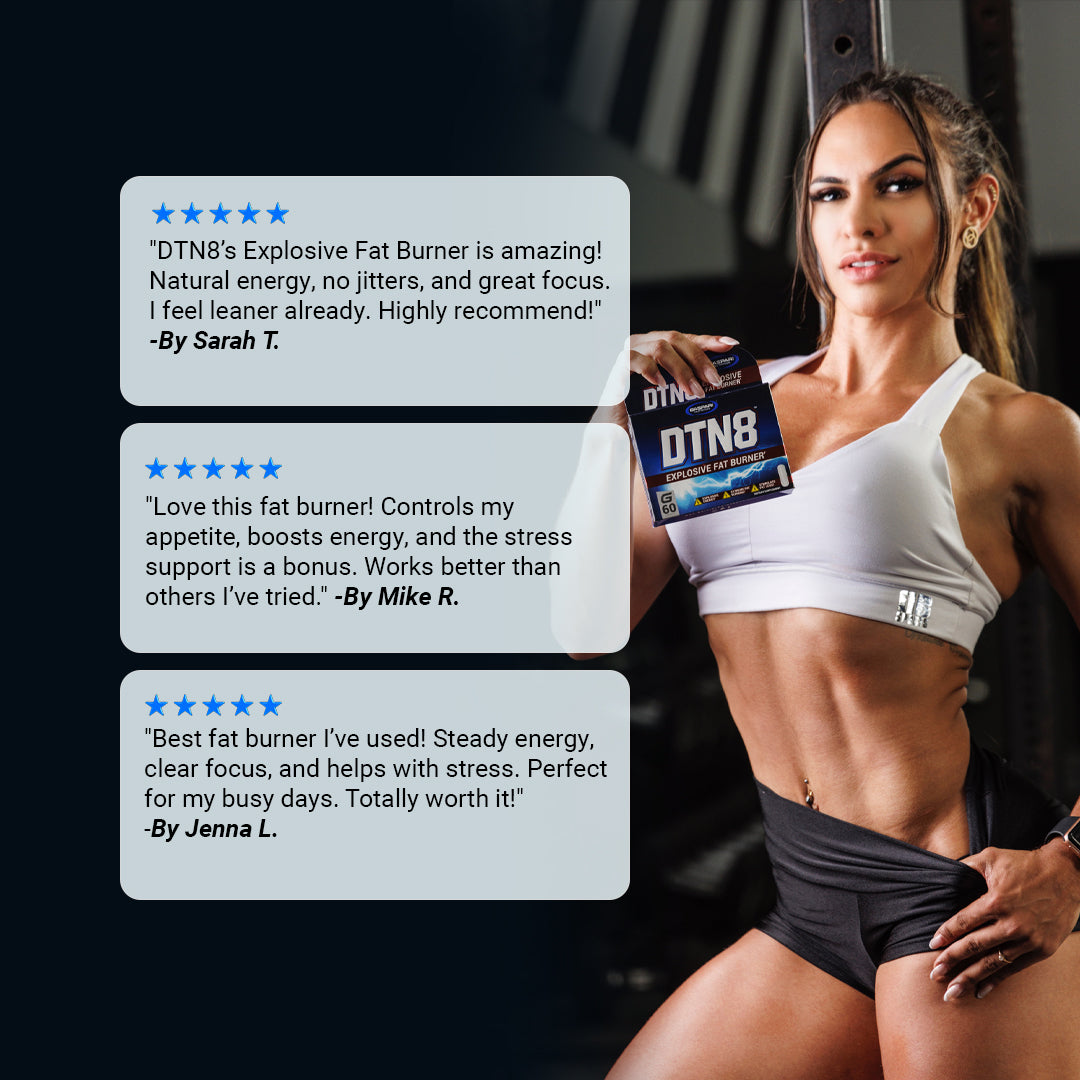




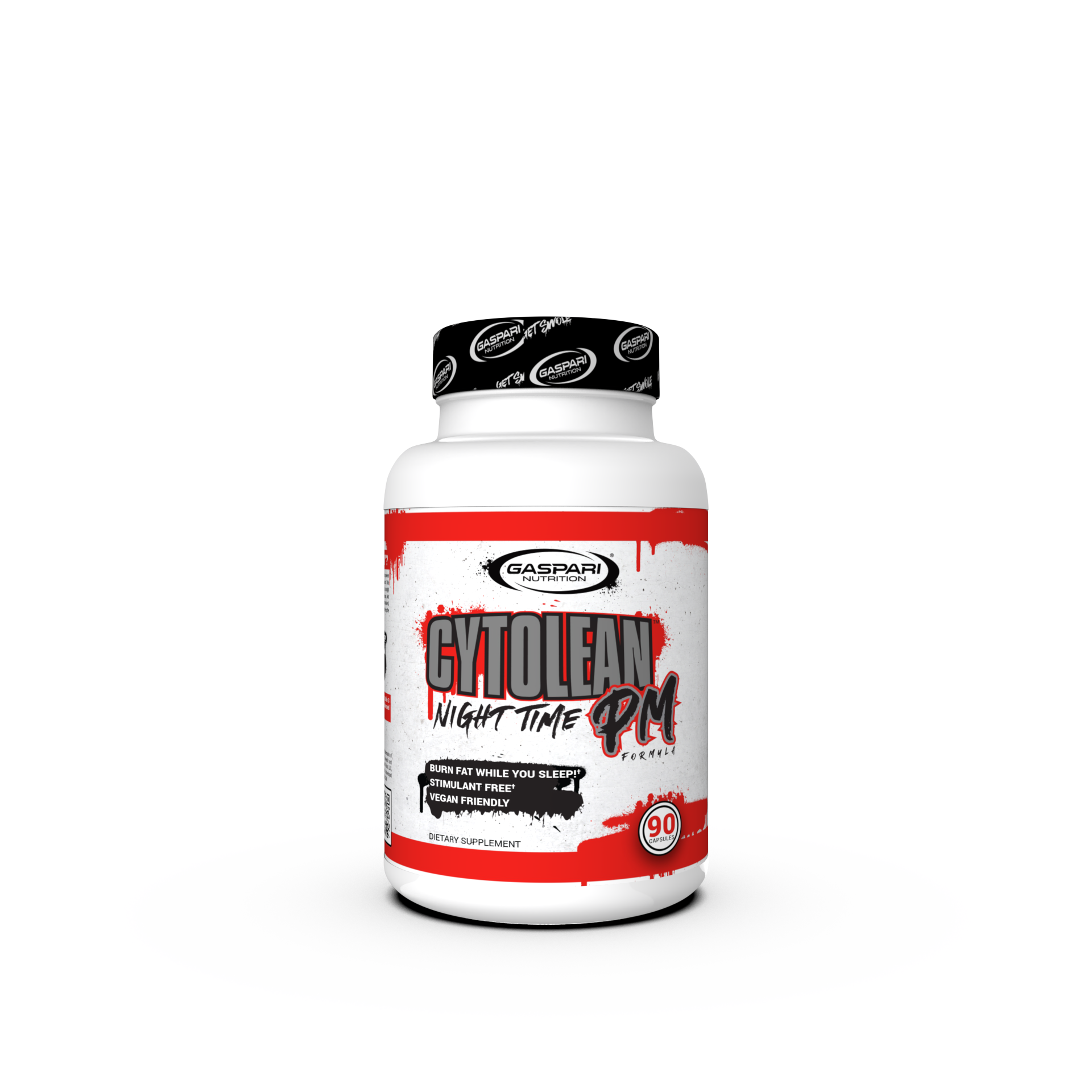
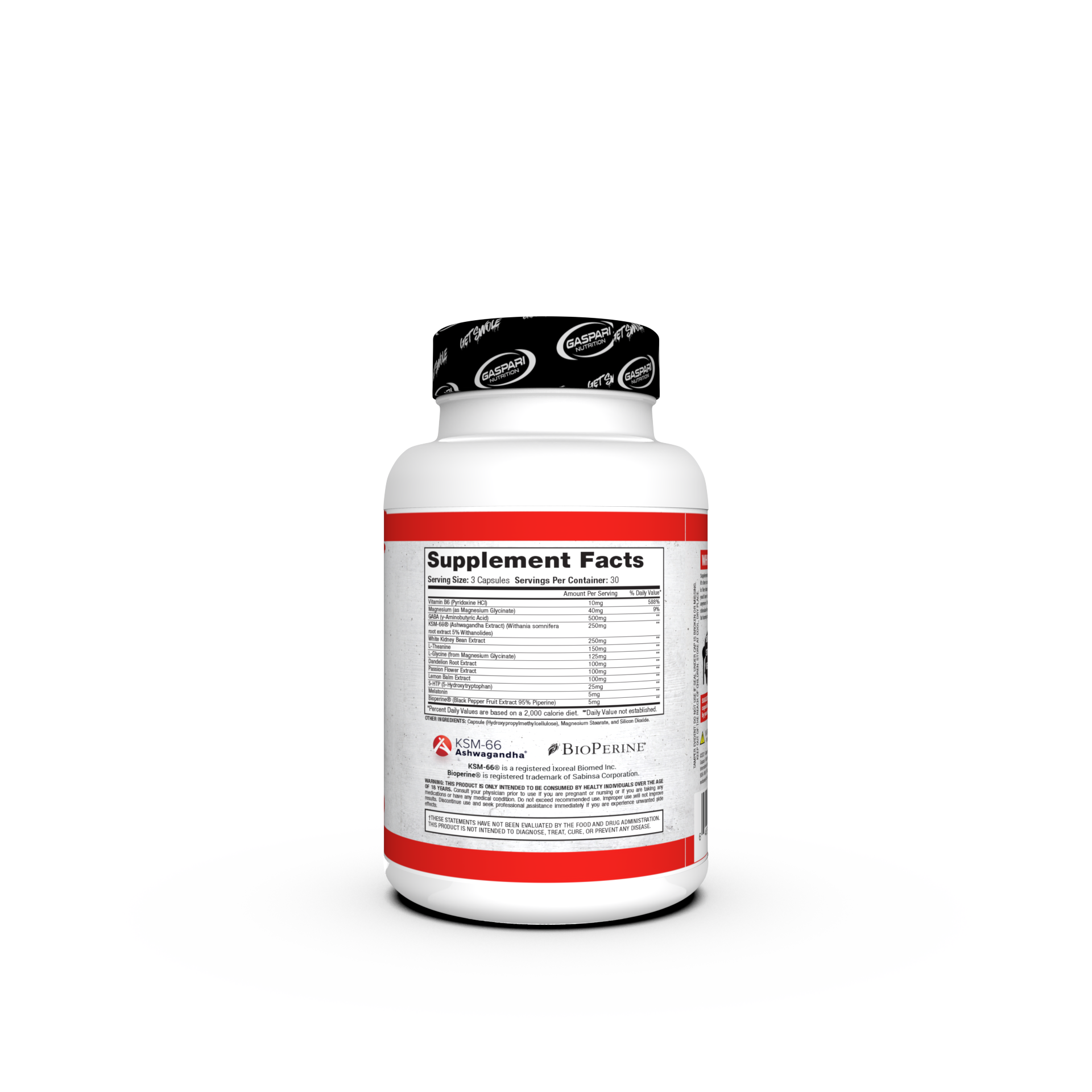
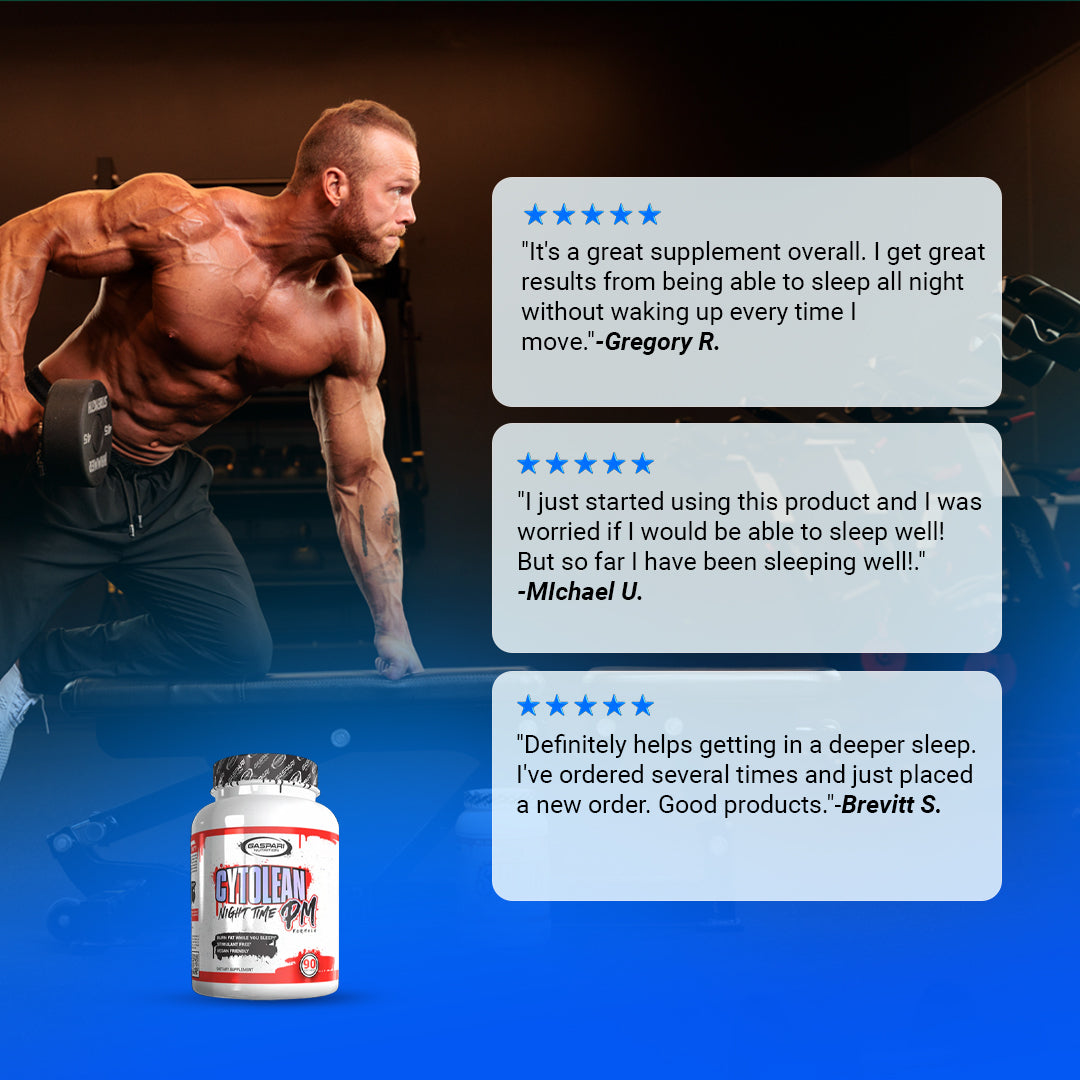

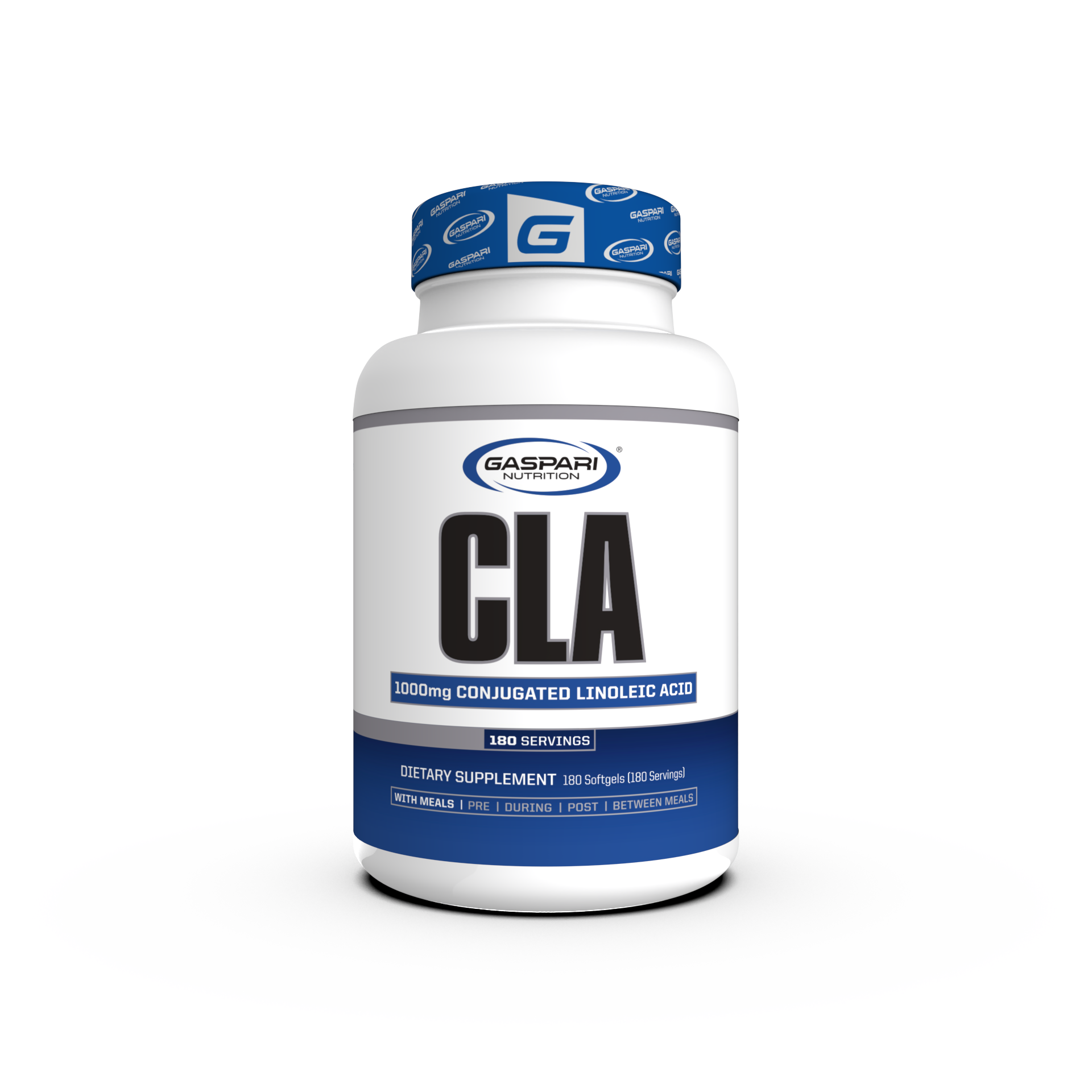
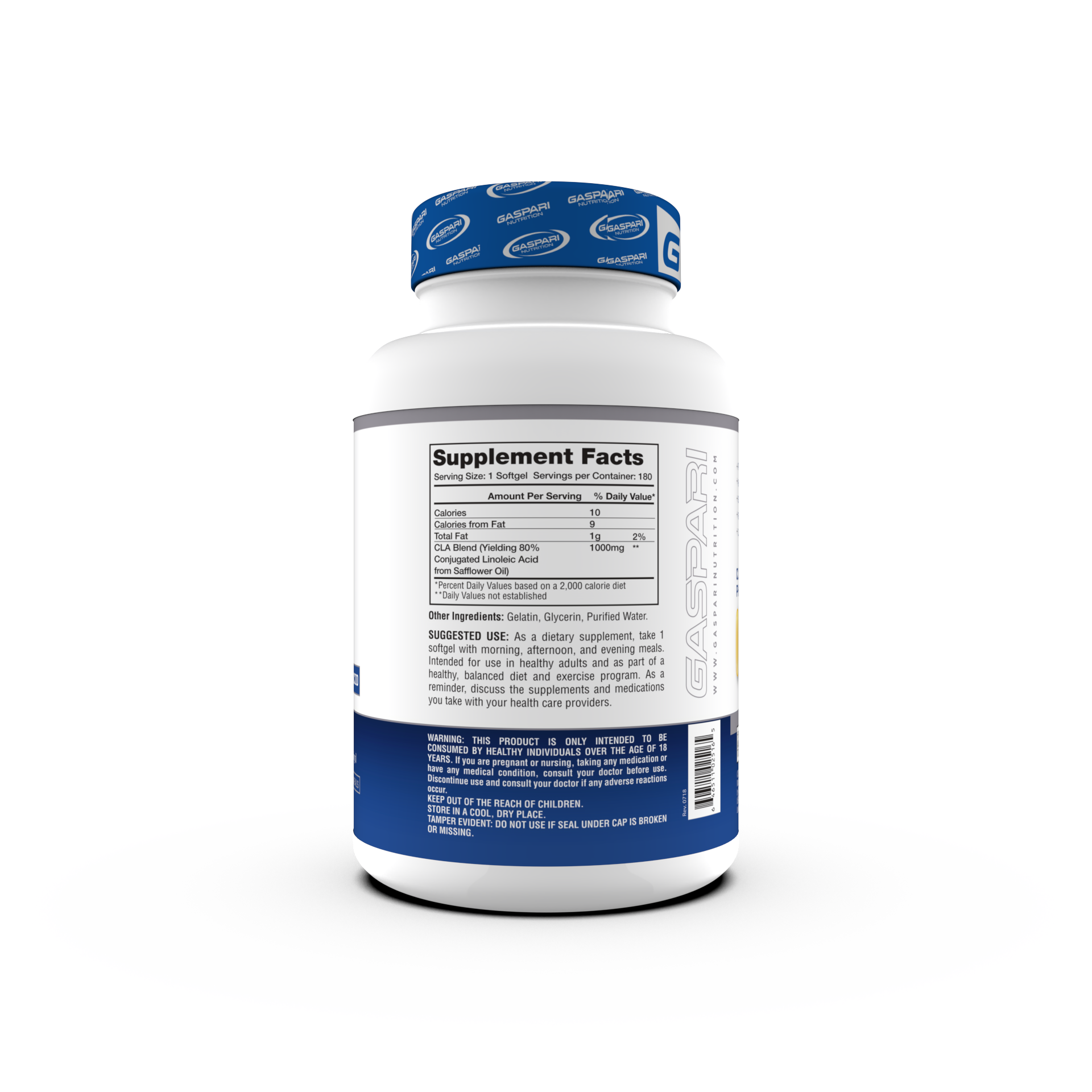
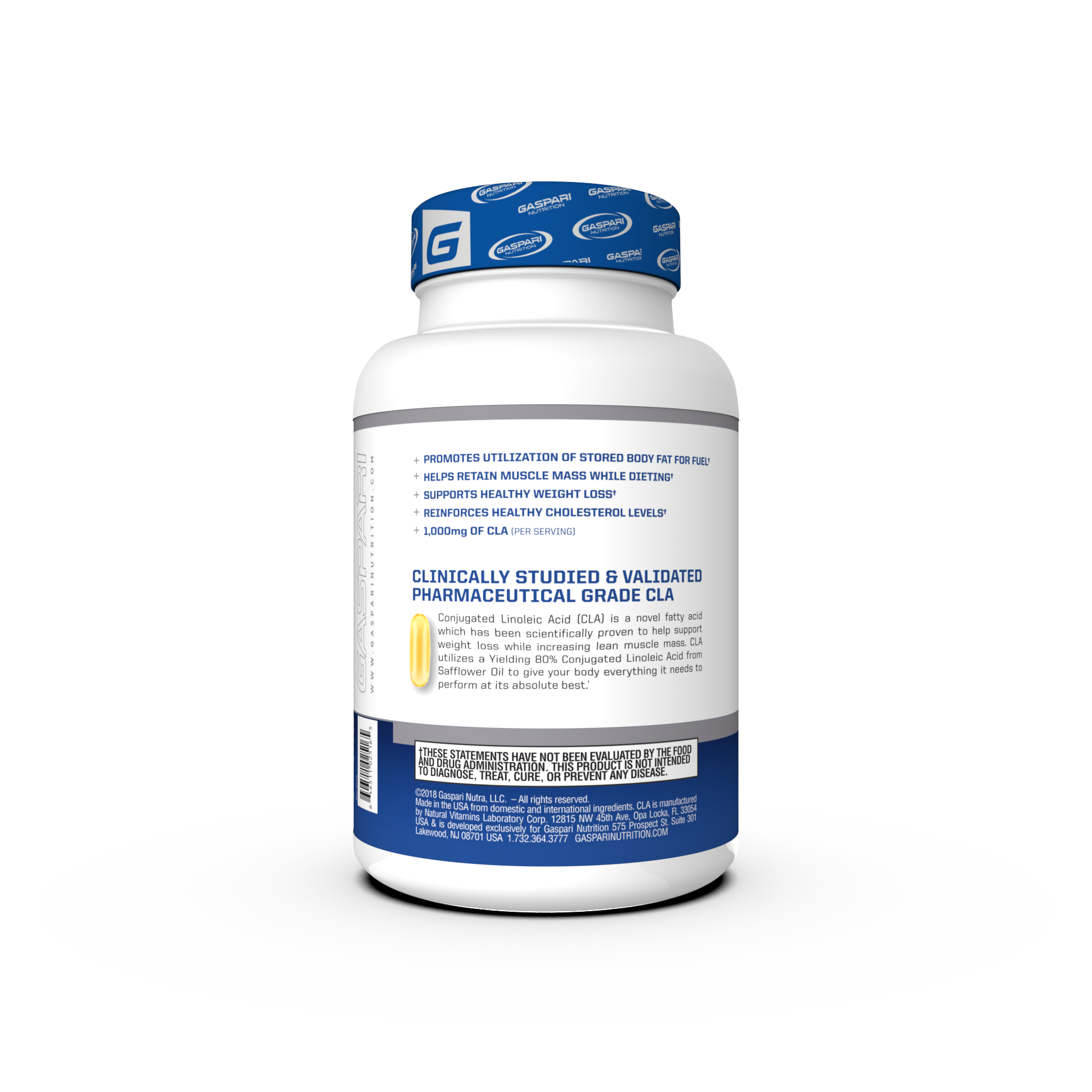

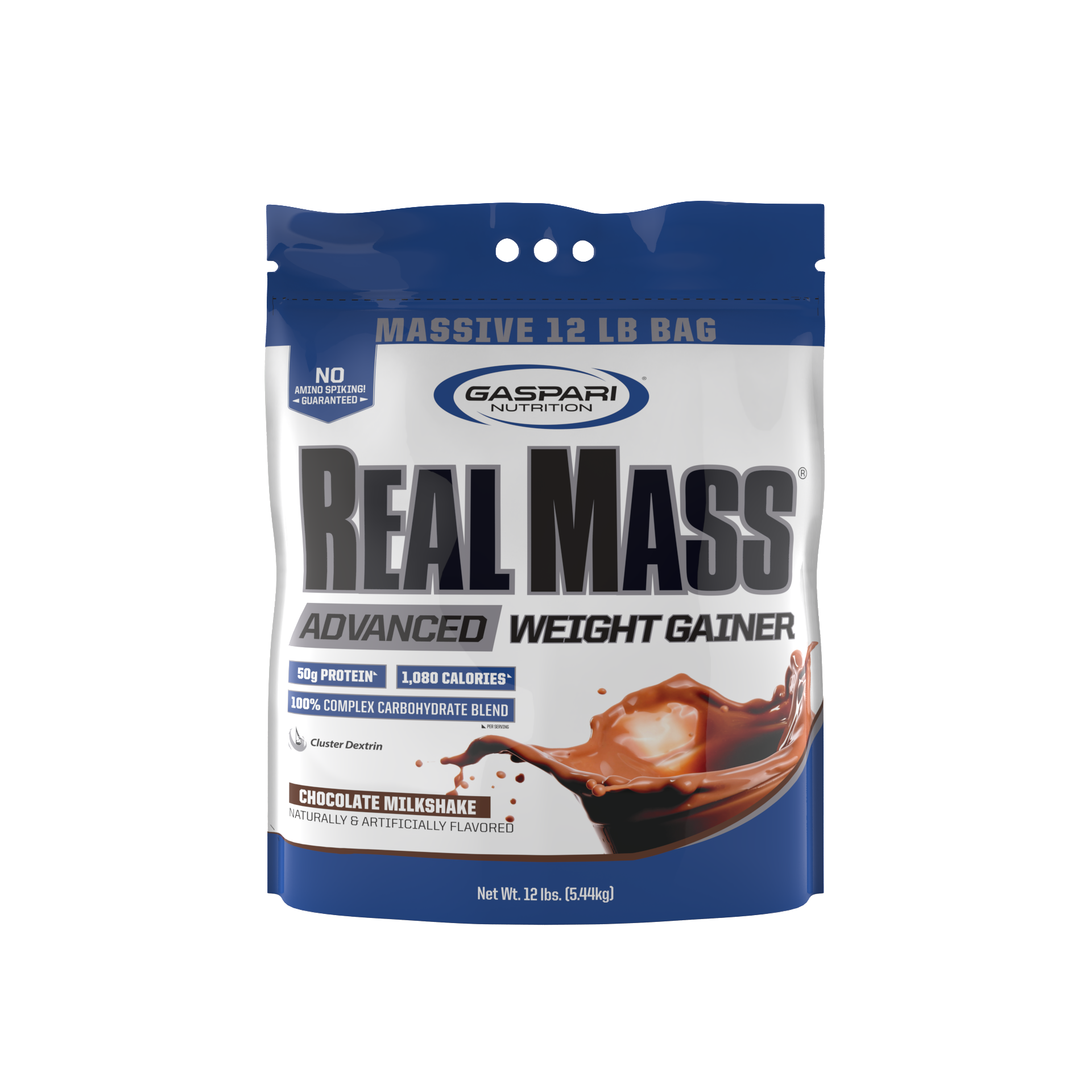
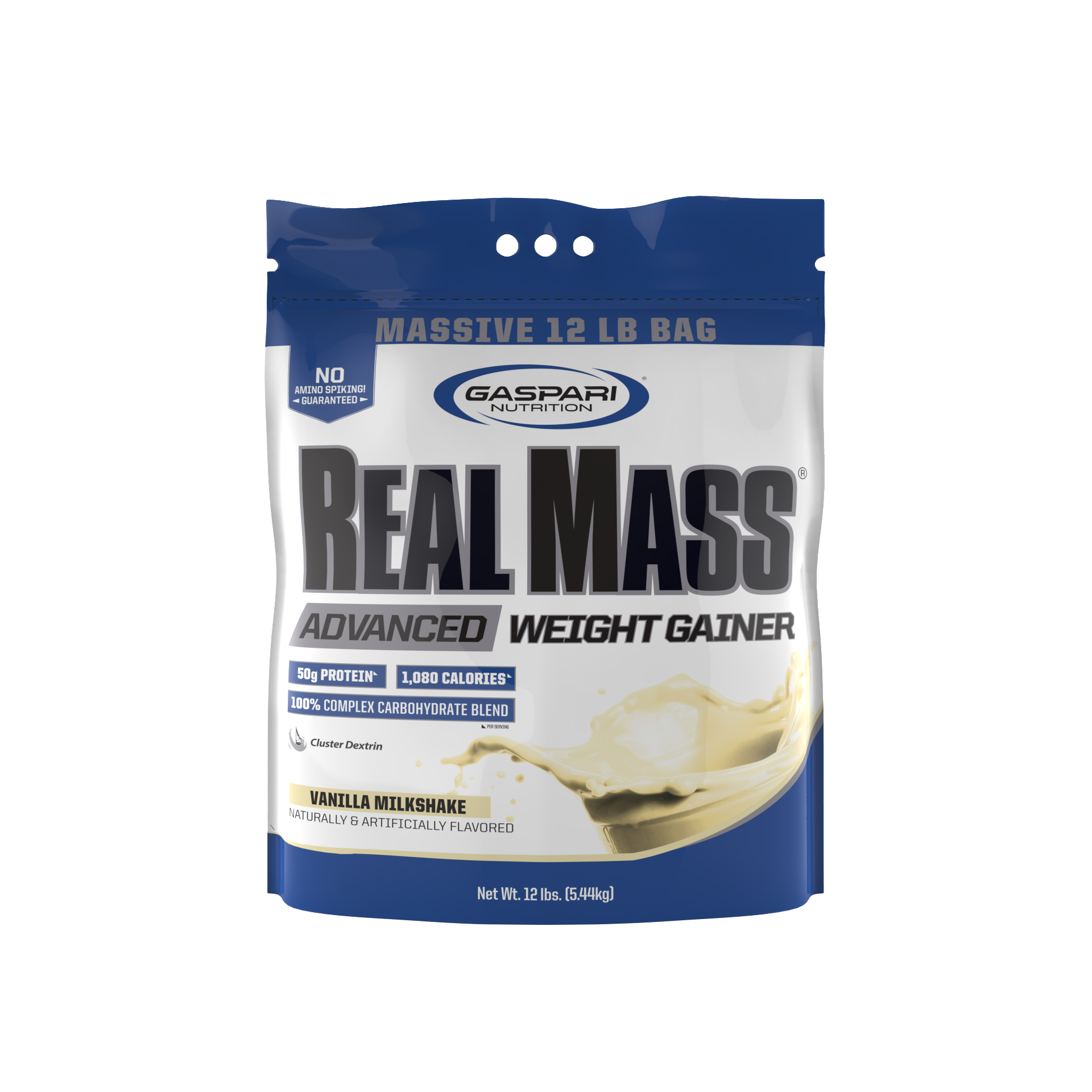


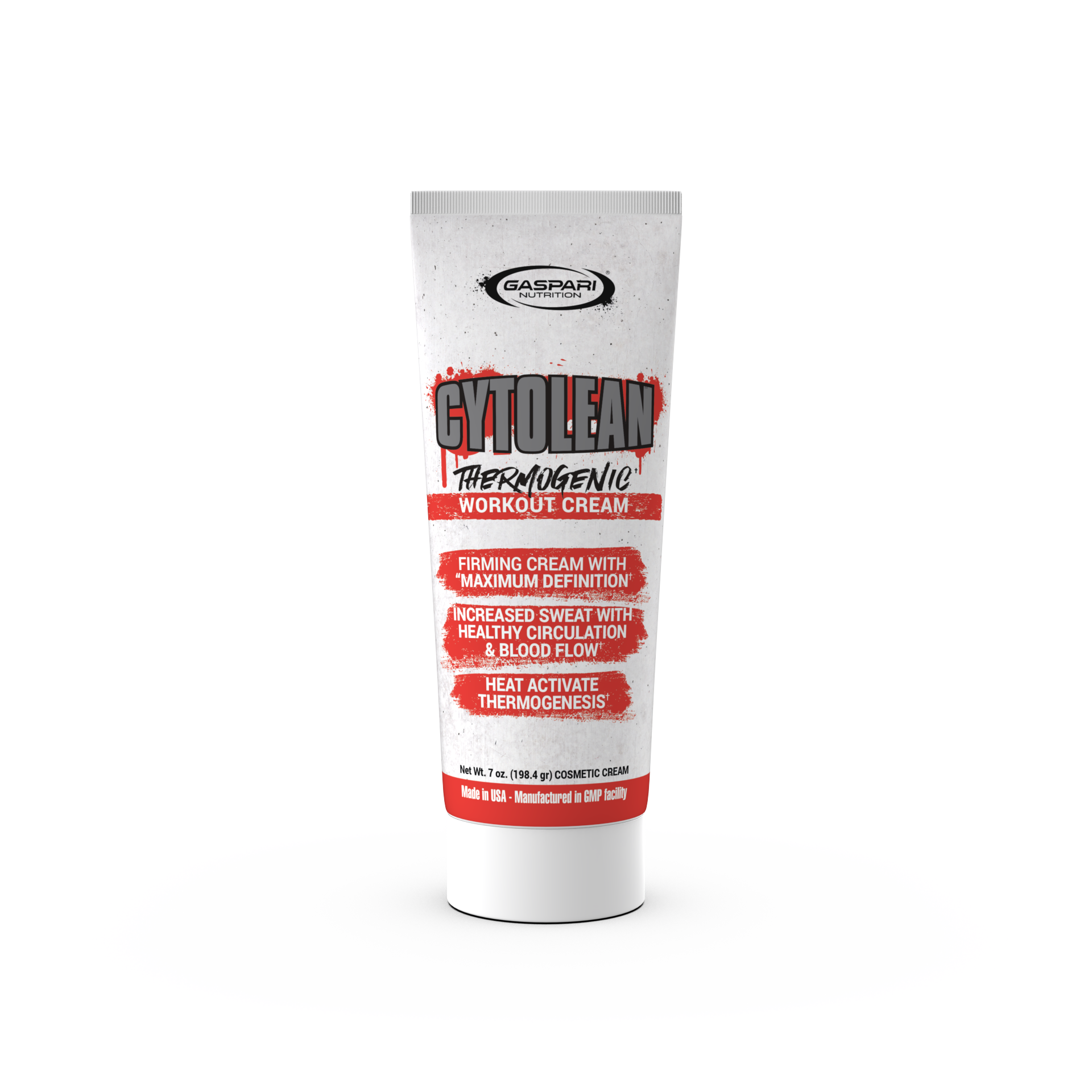

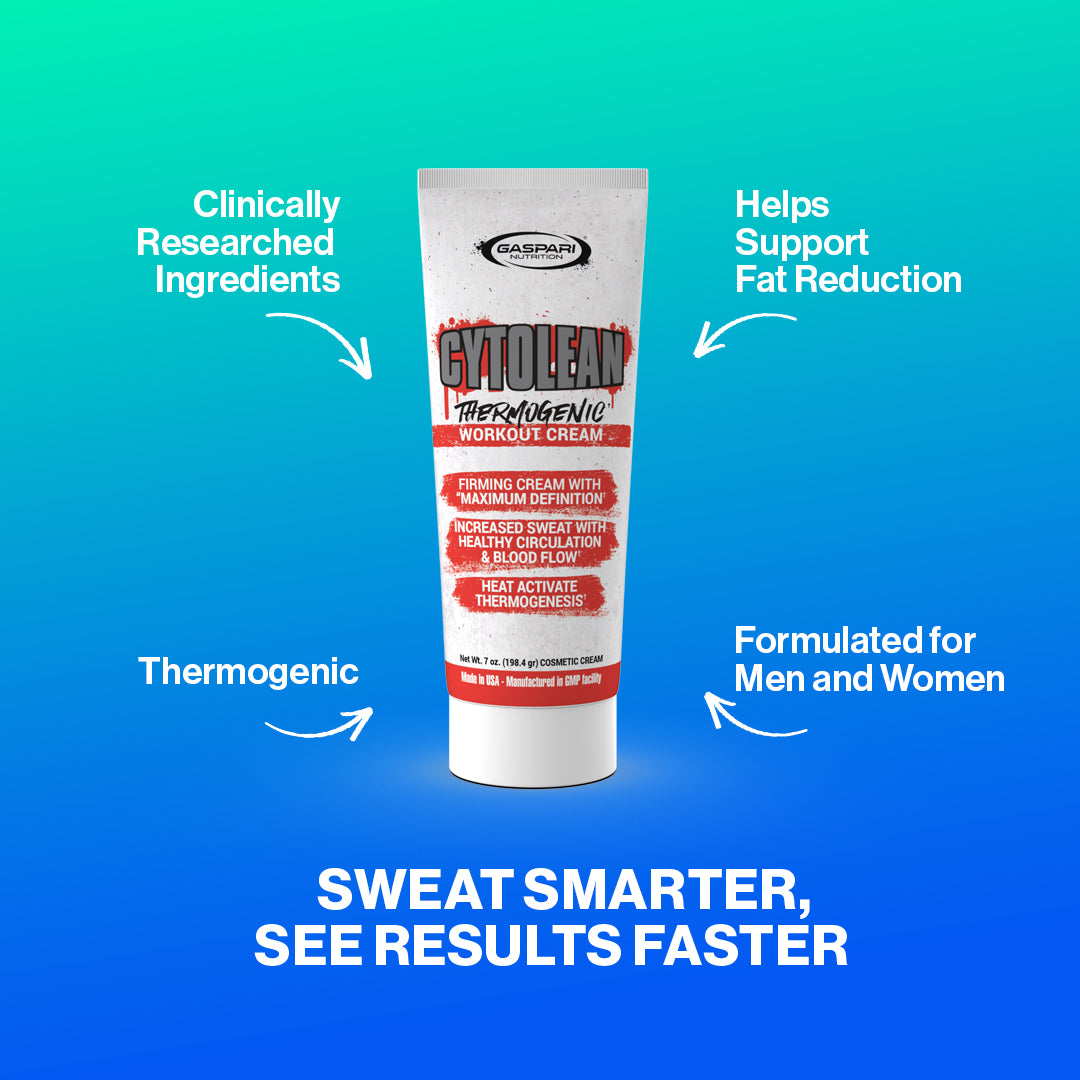
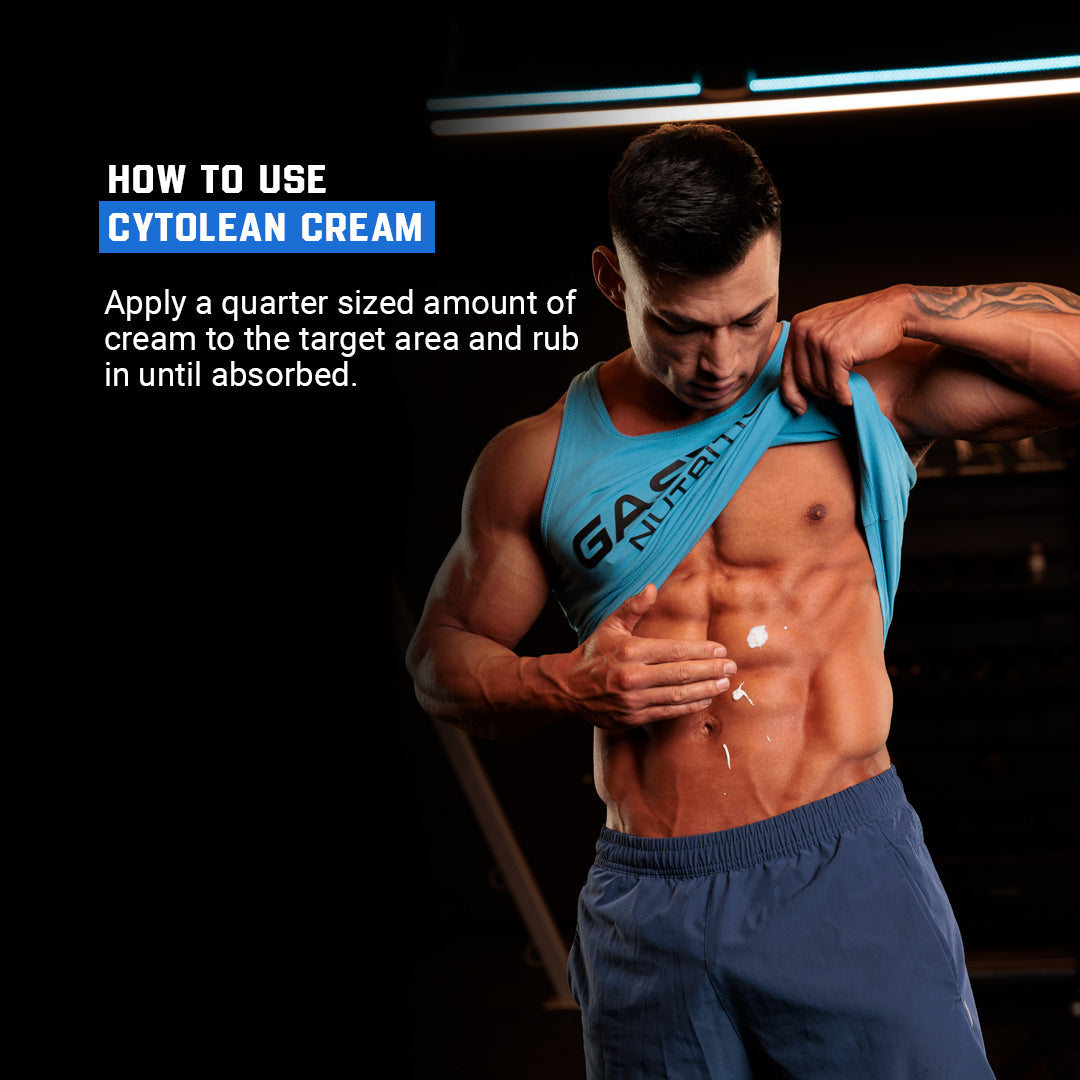



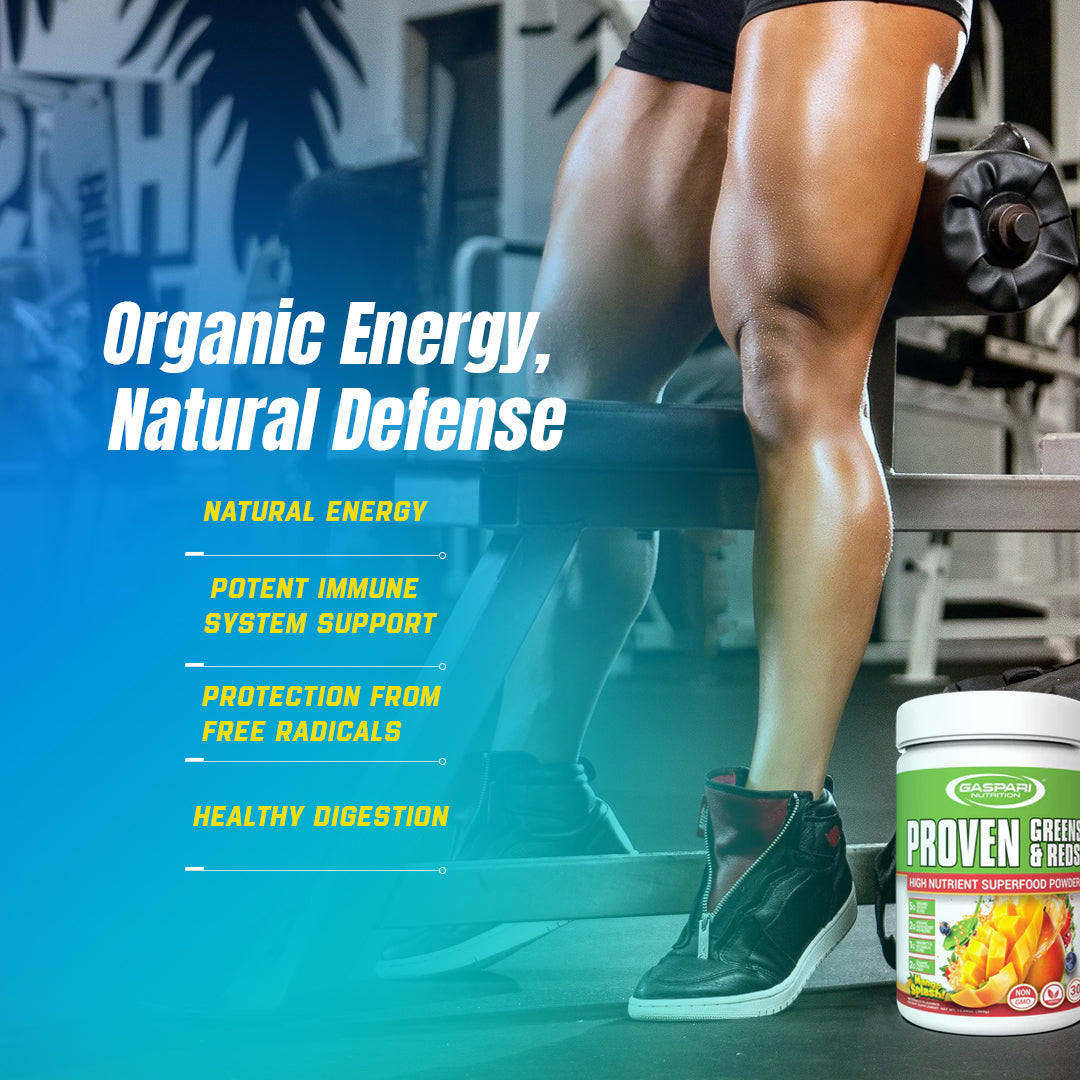
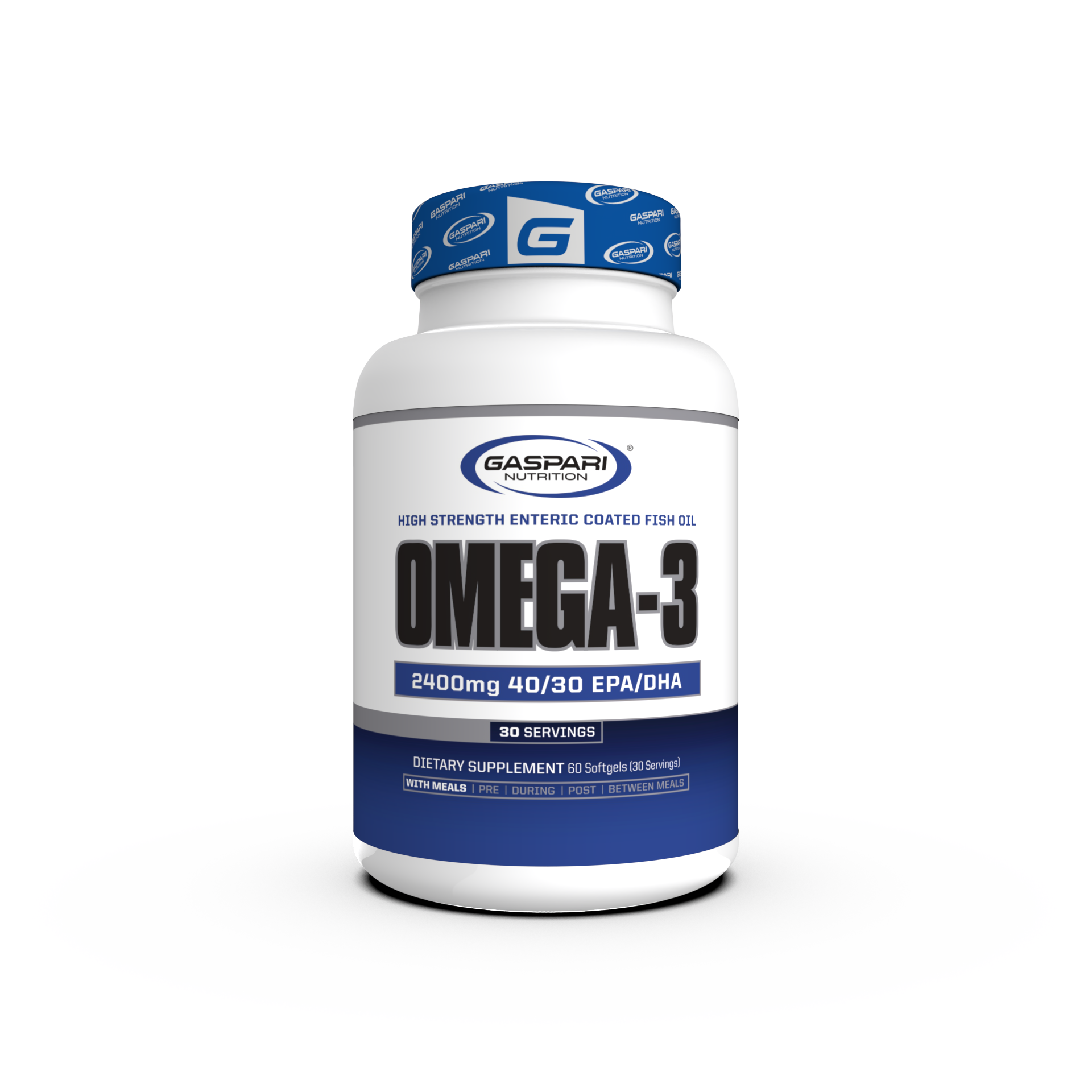
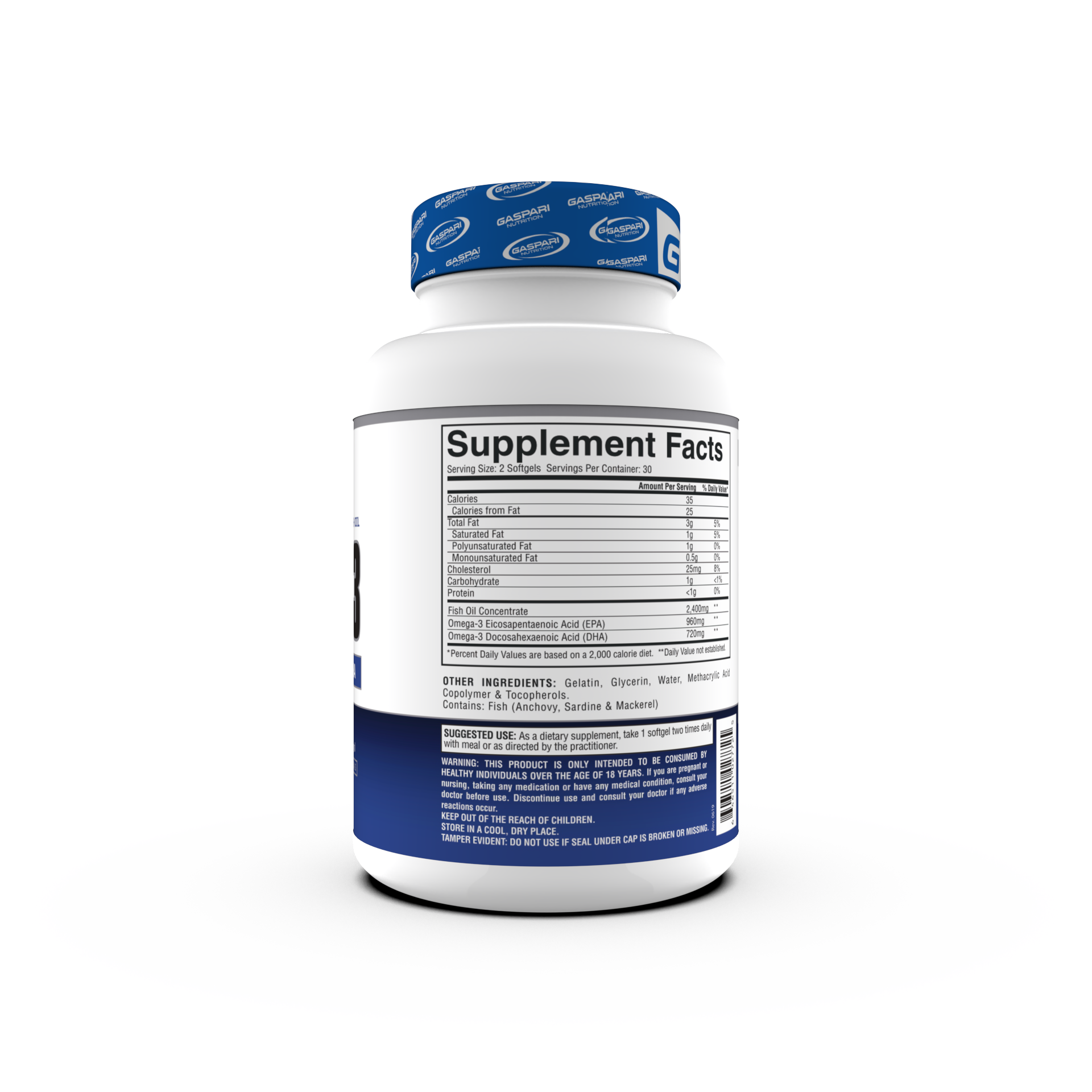
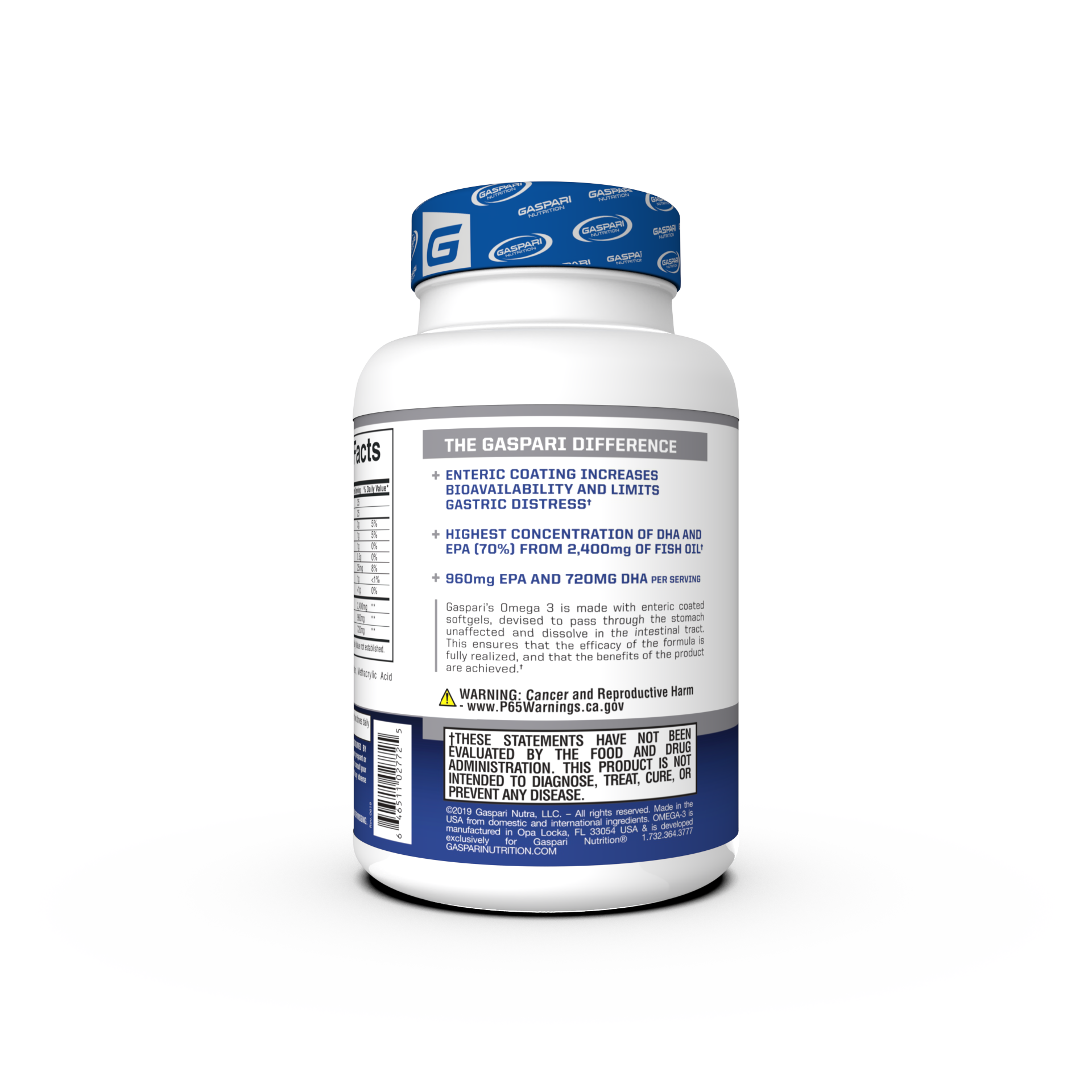

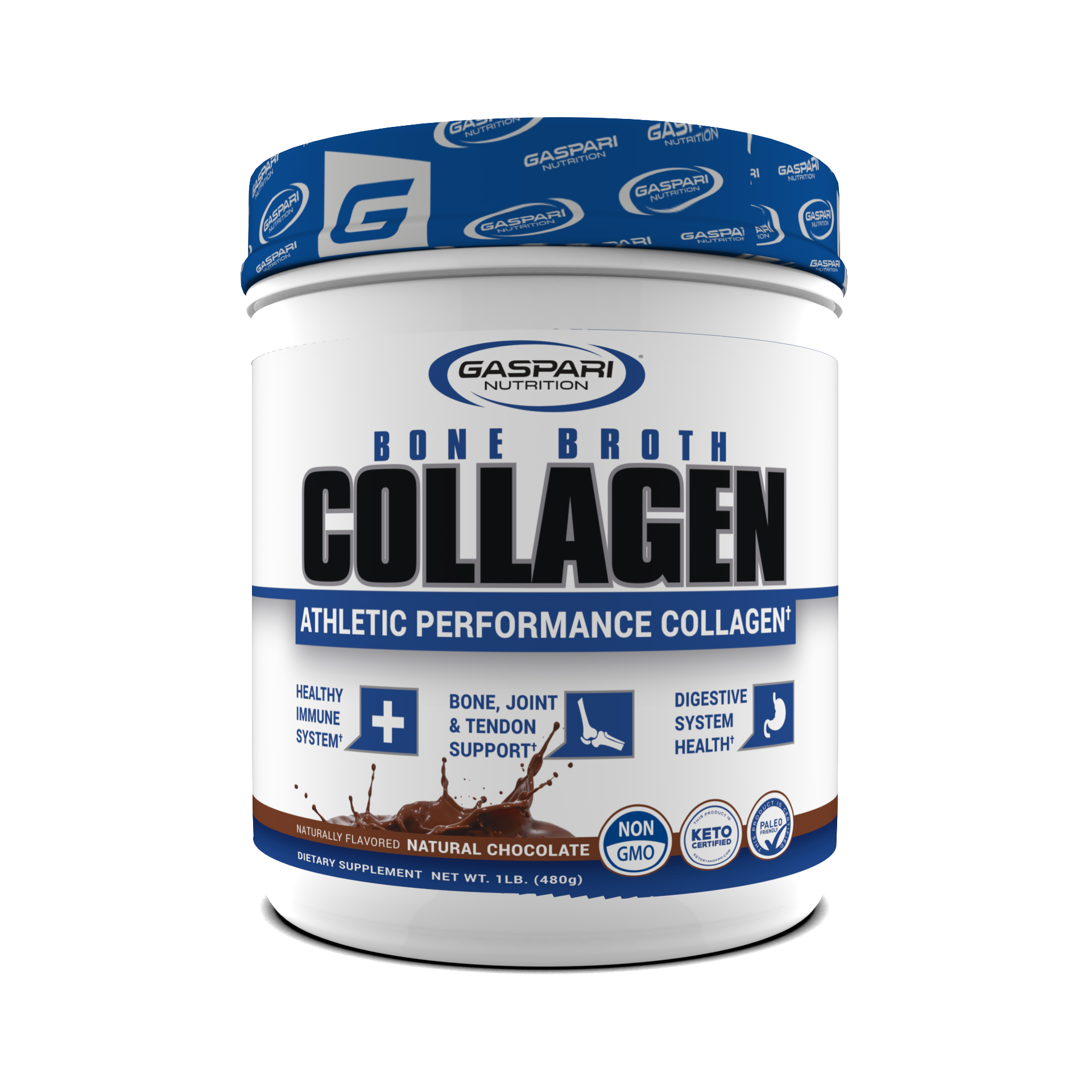
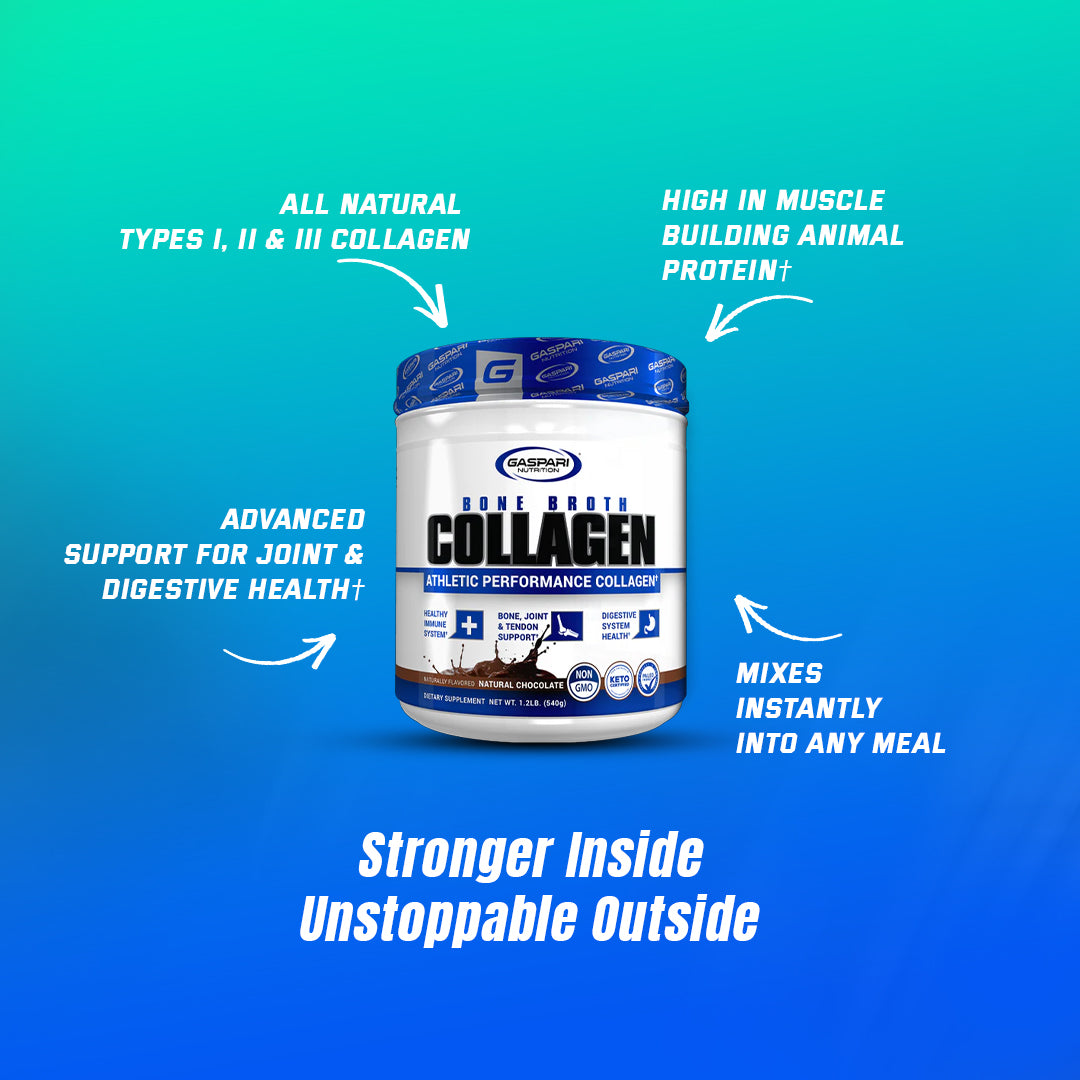

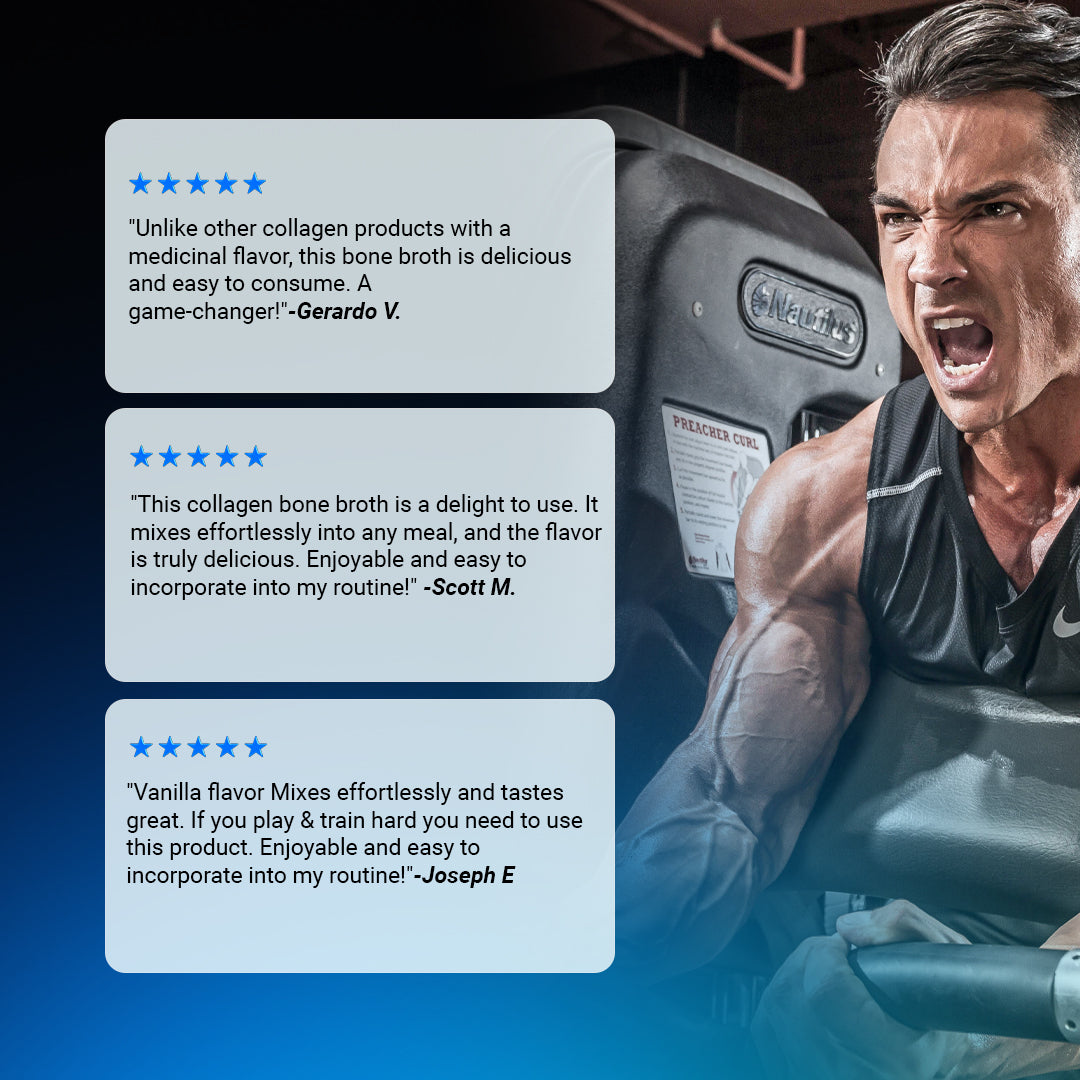
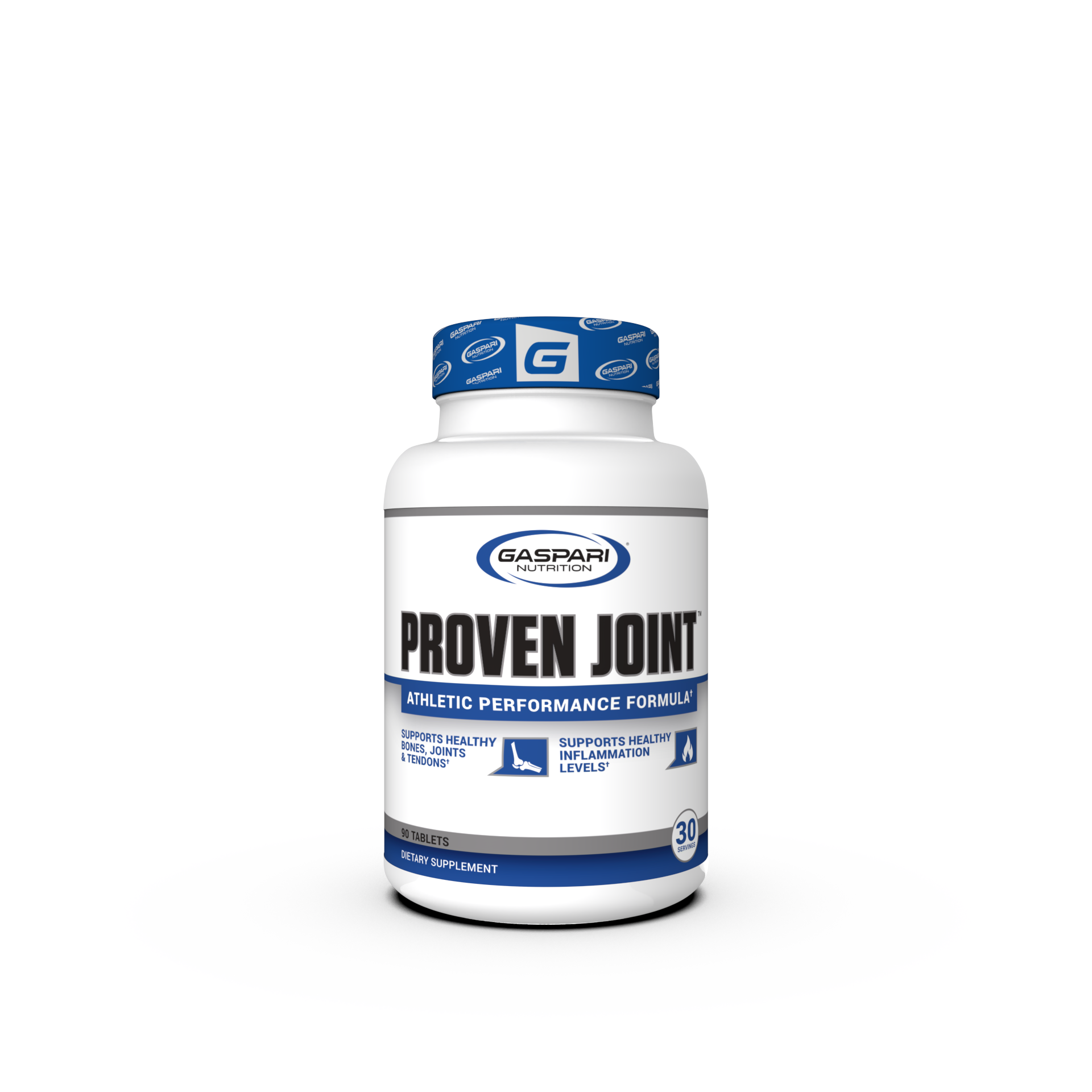
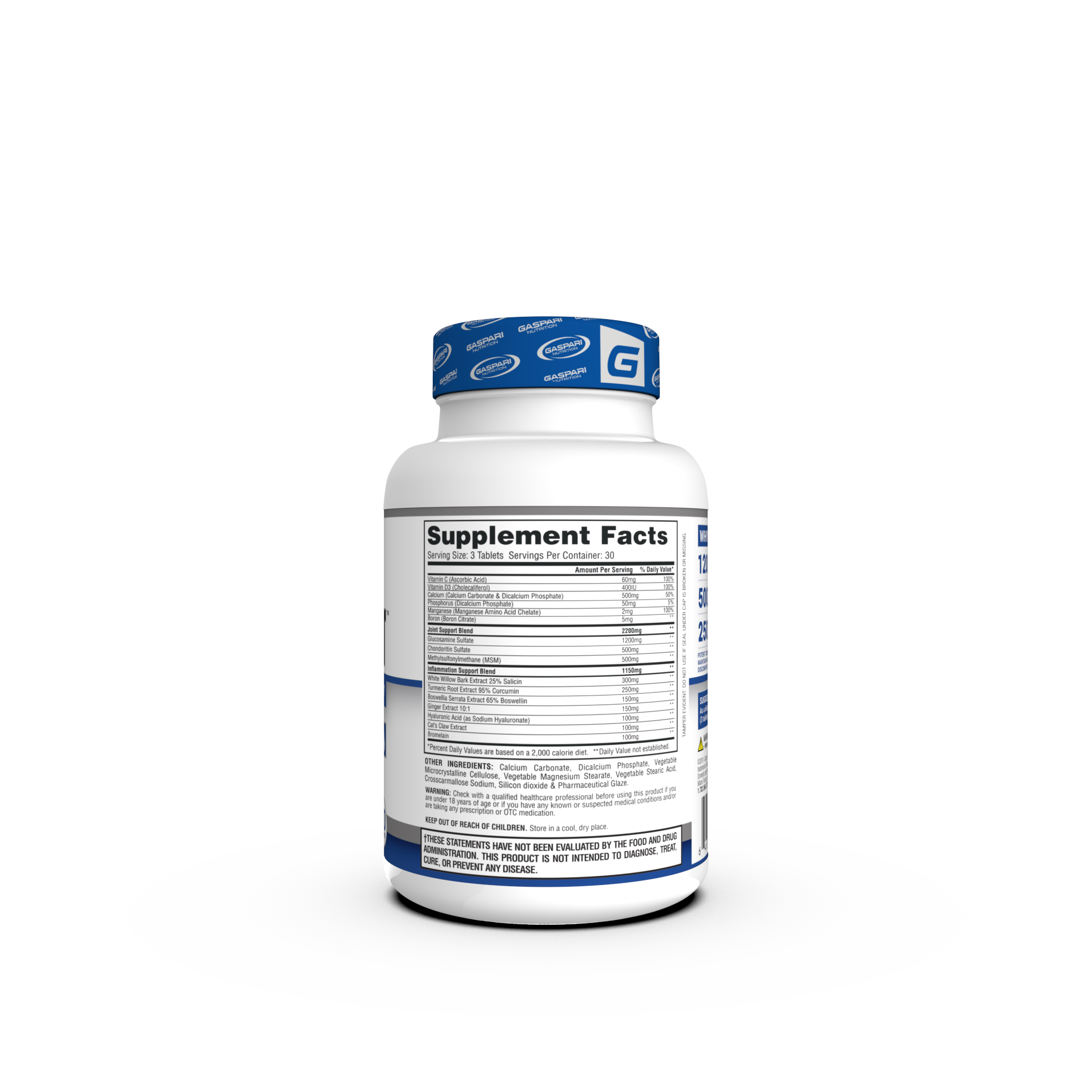
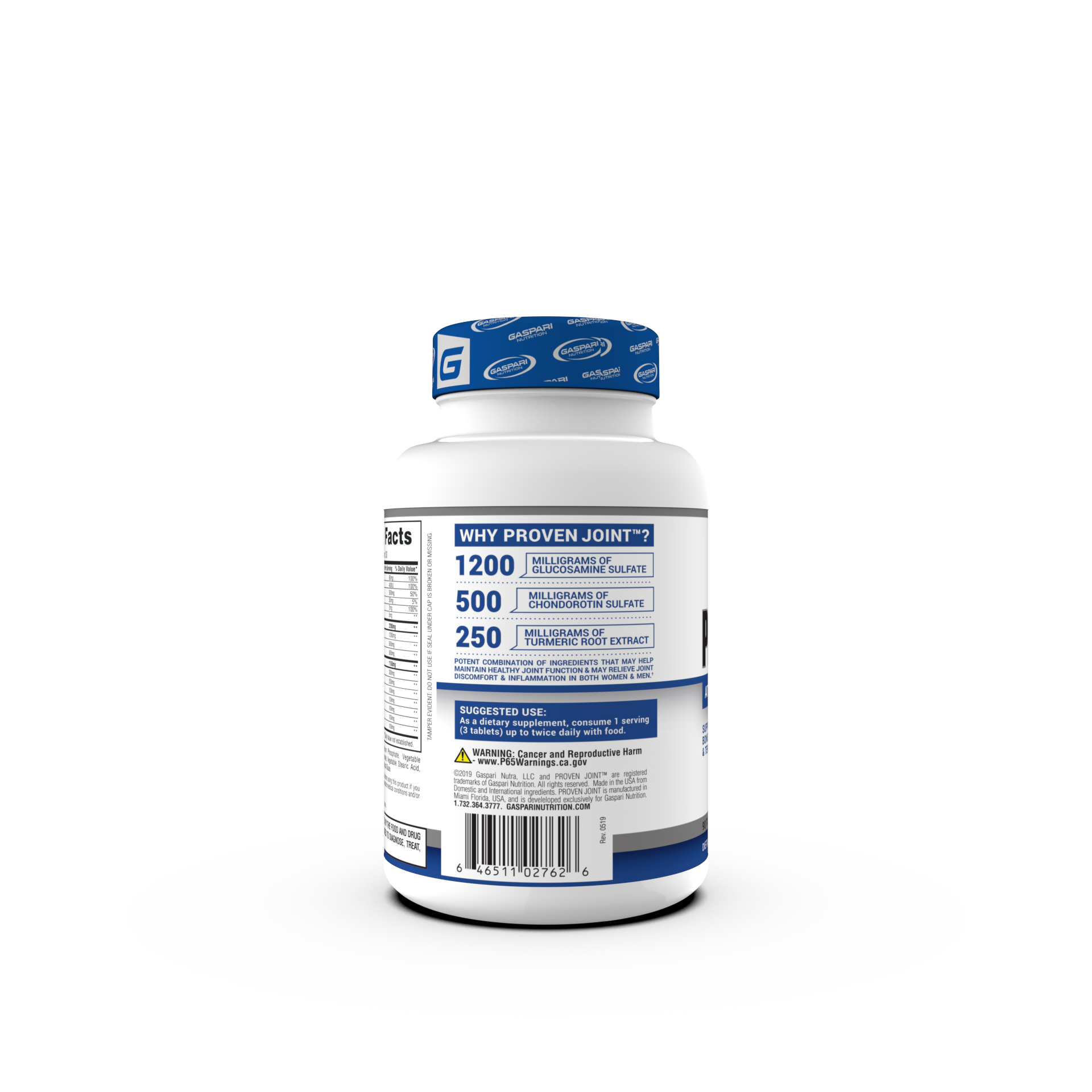

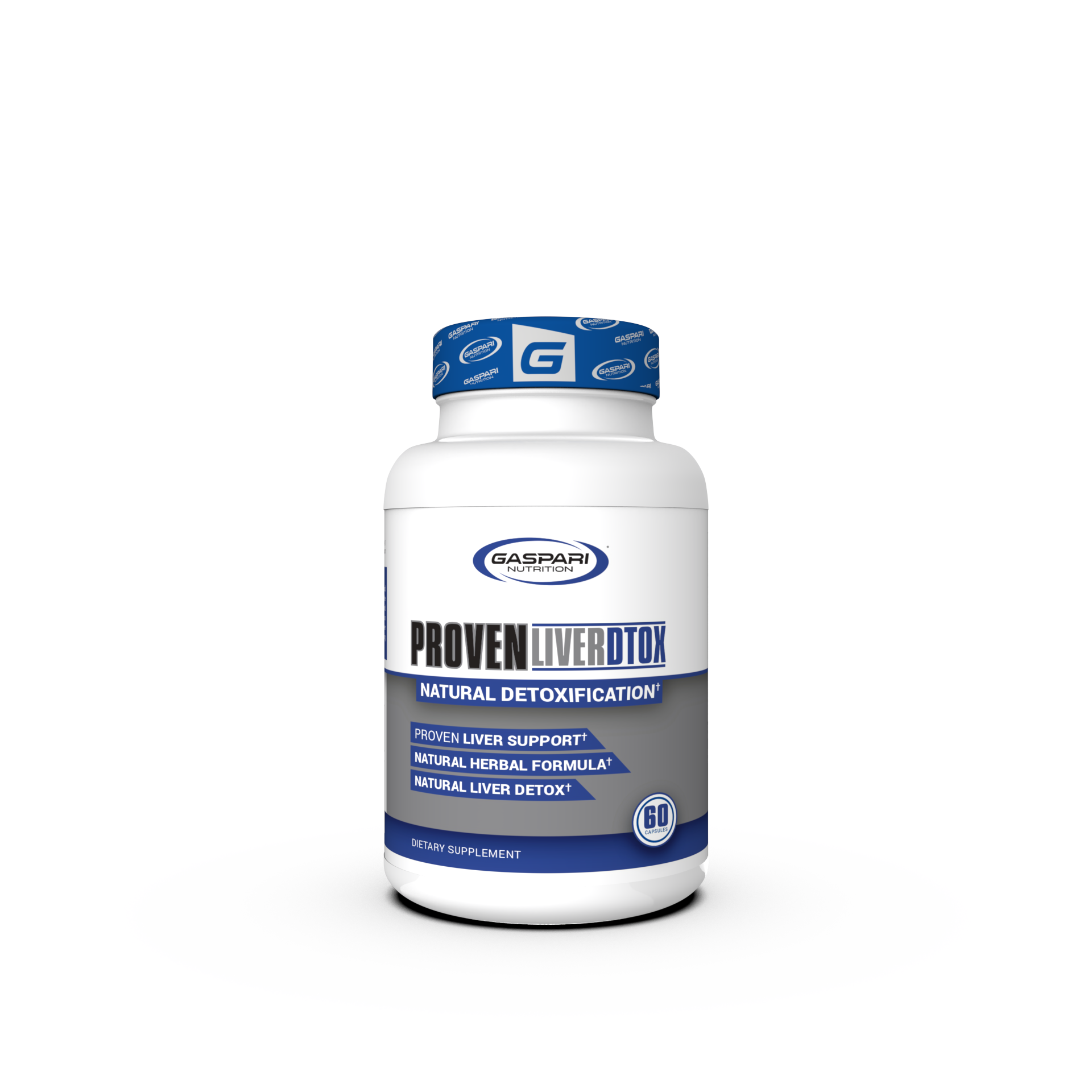

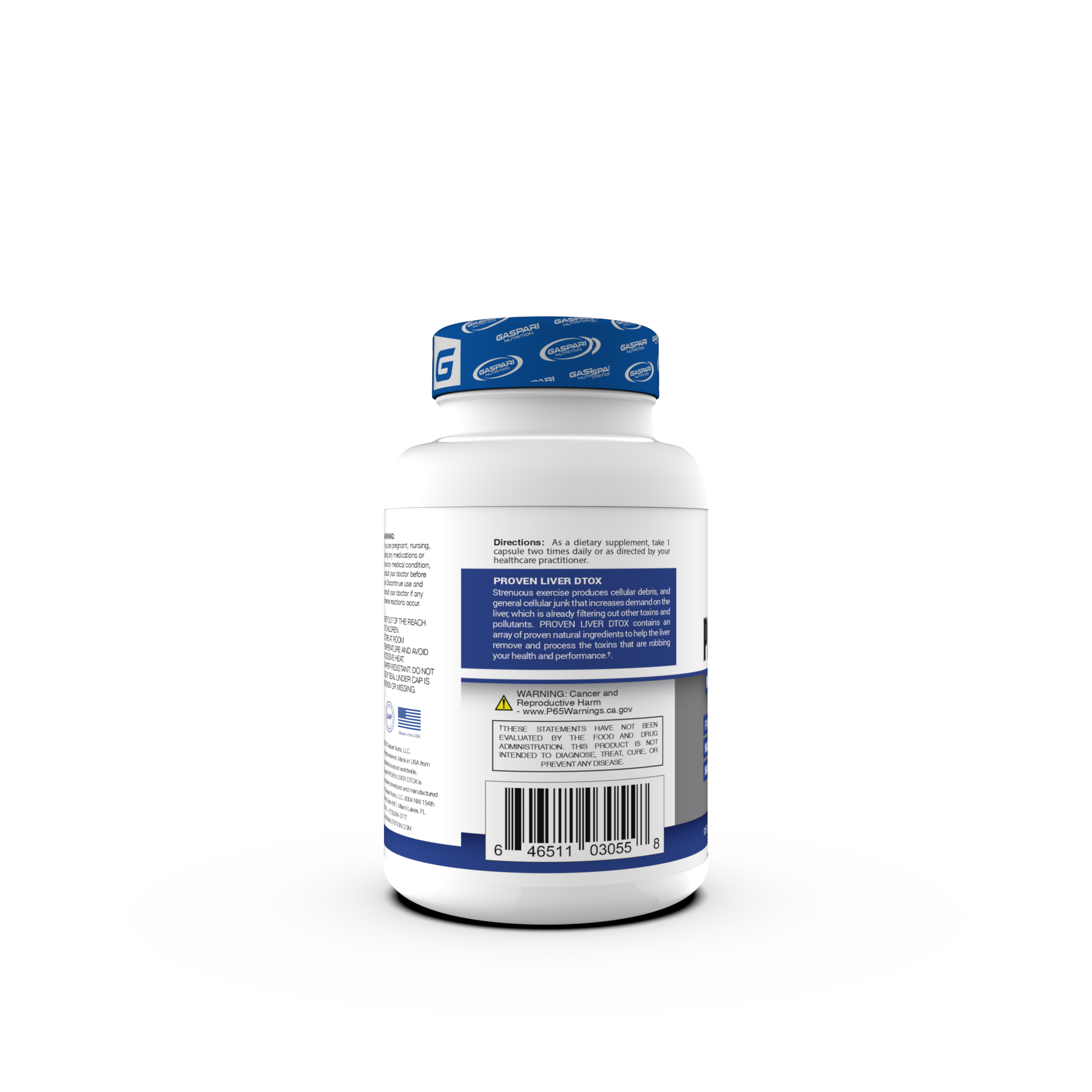

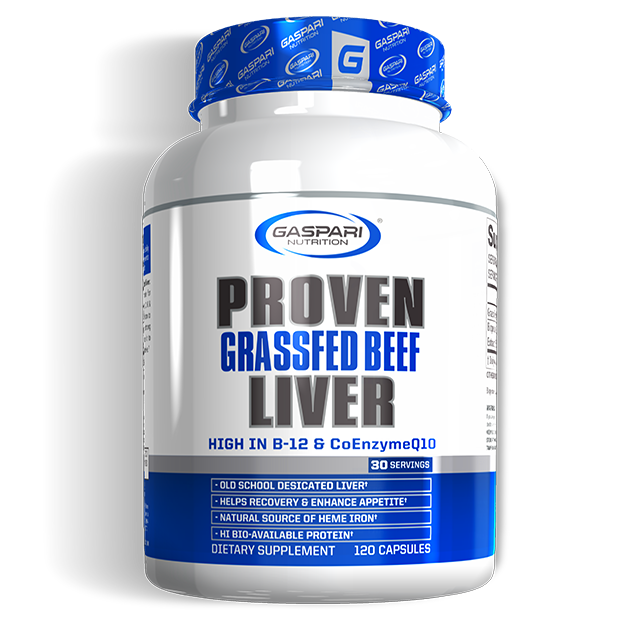

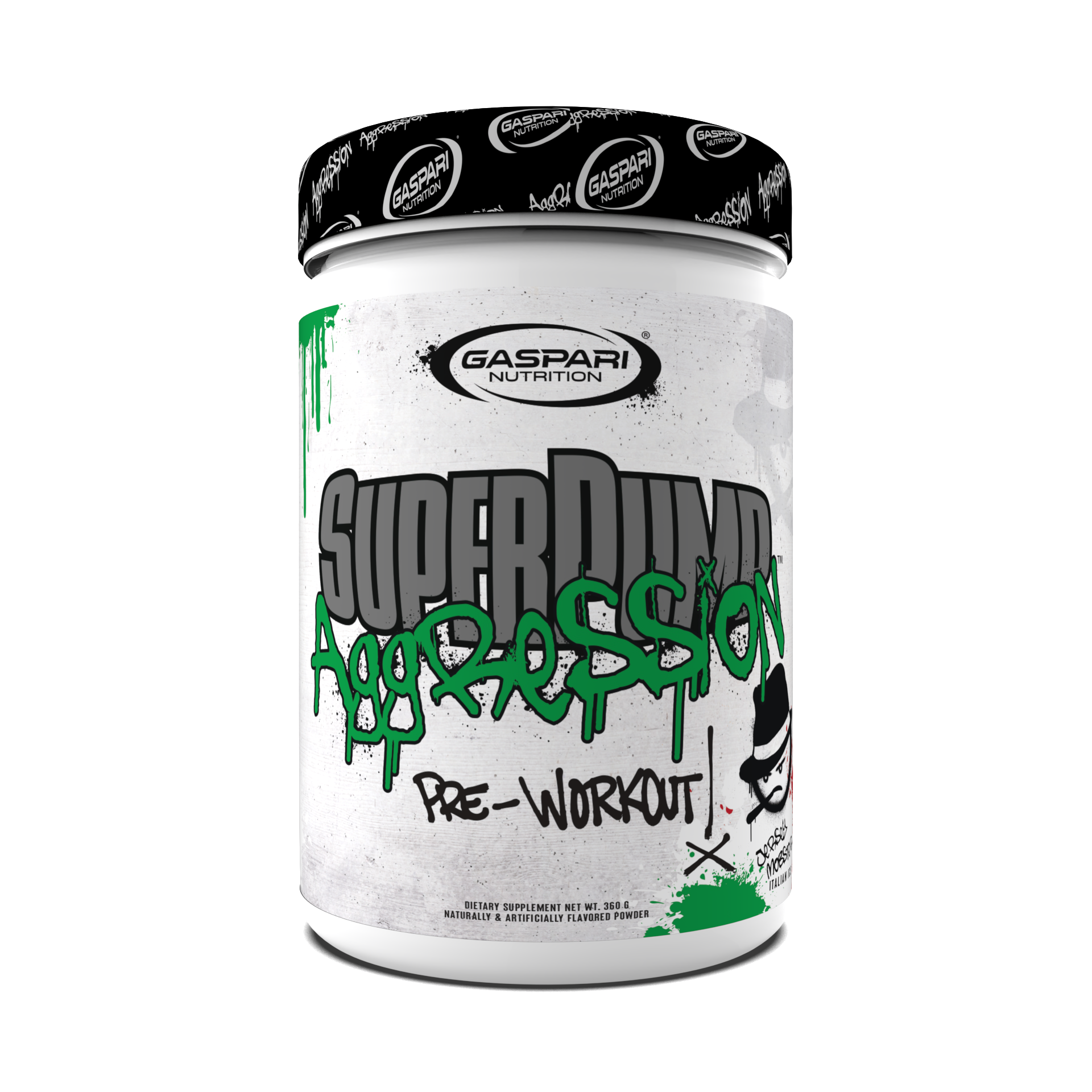
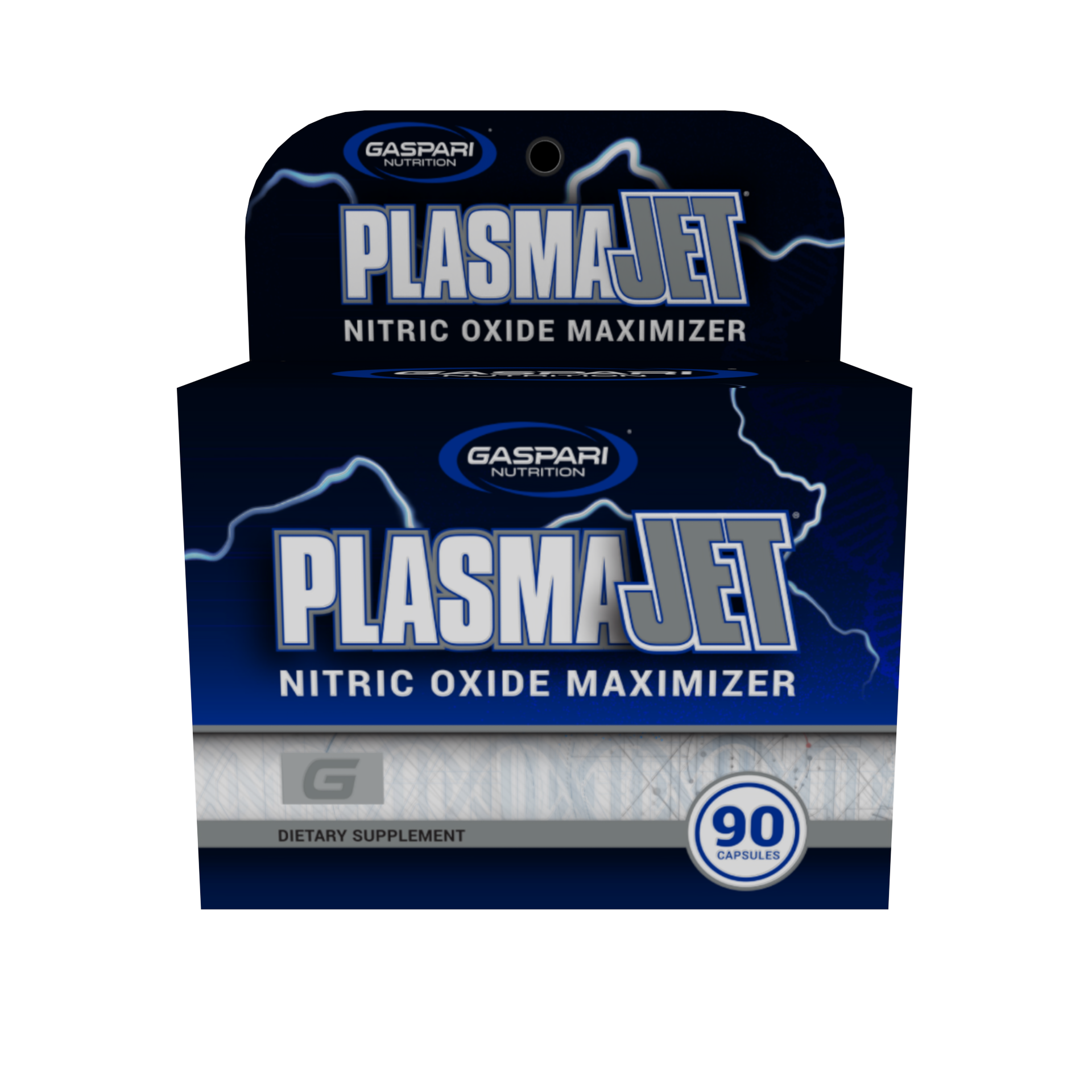


Share:
Are Supersets Good For My Workout?
Agmatine – What You Need To Know About It